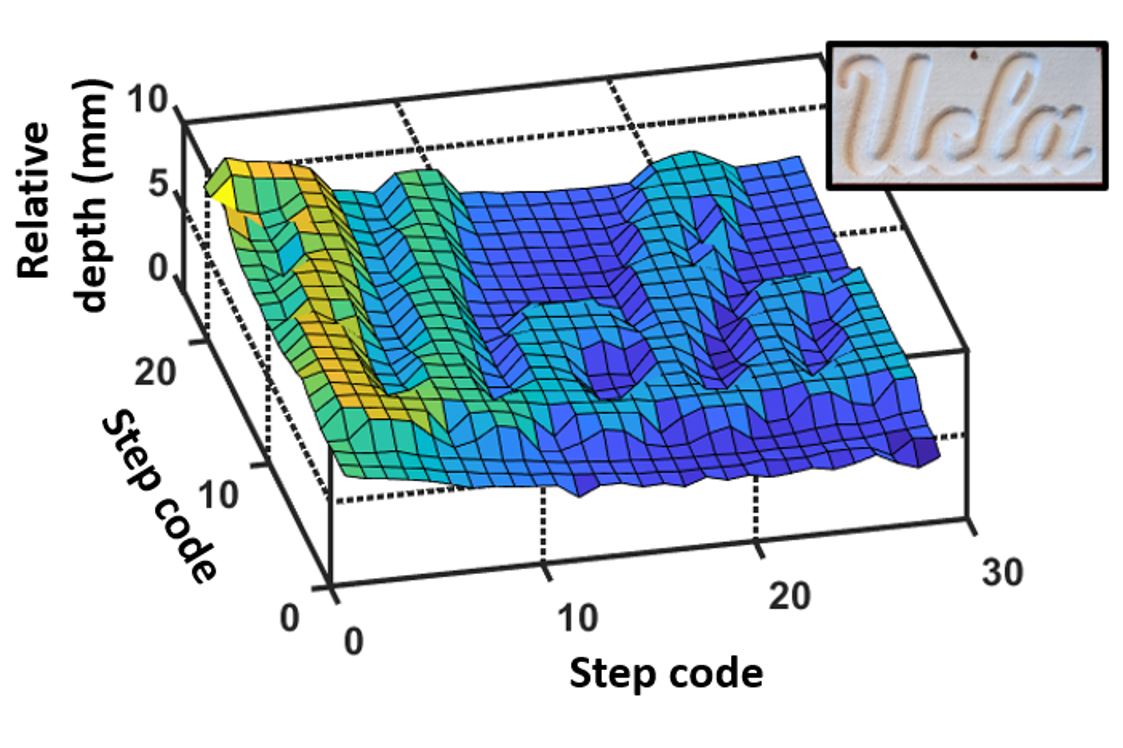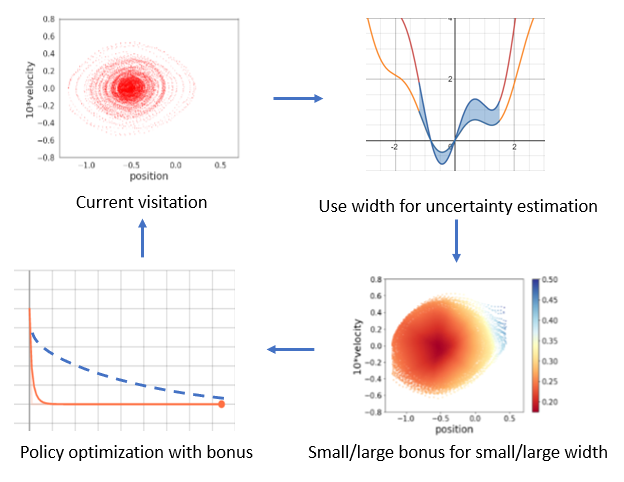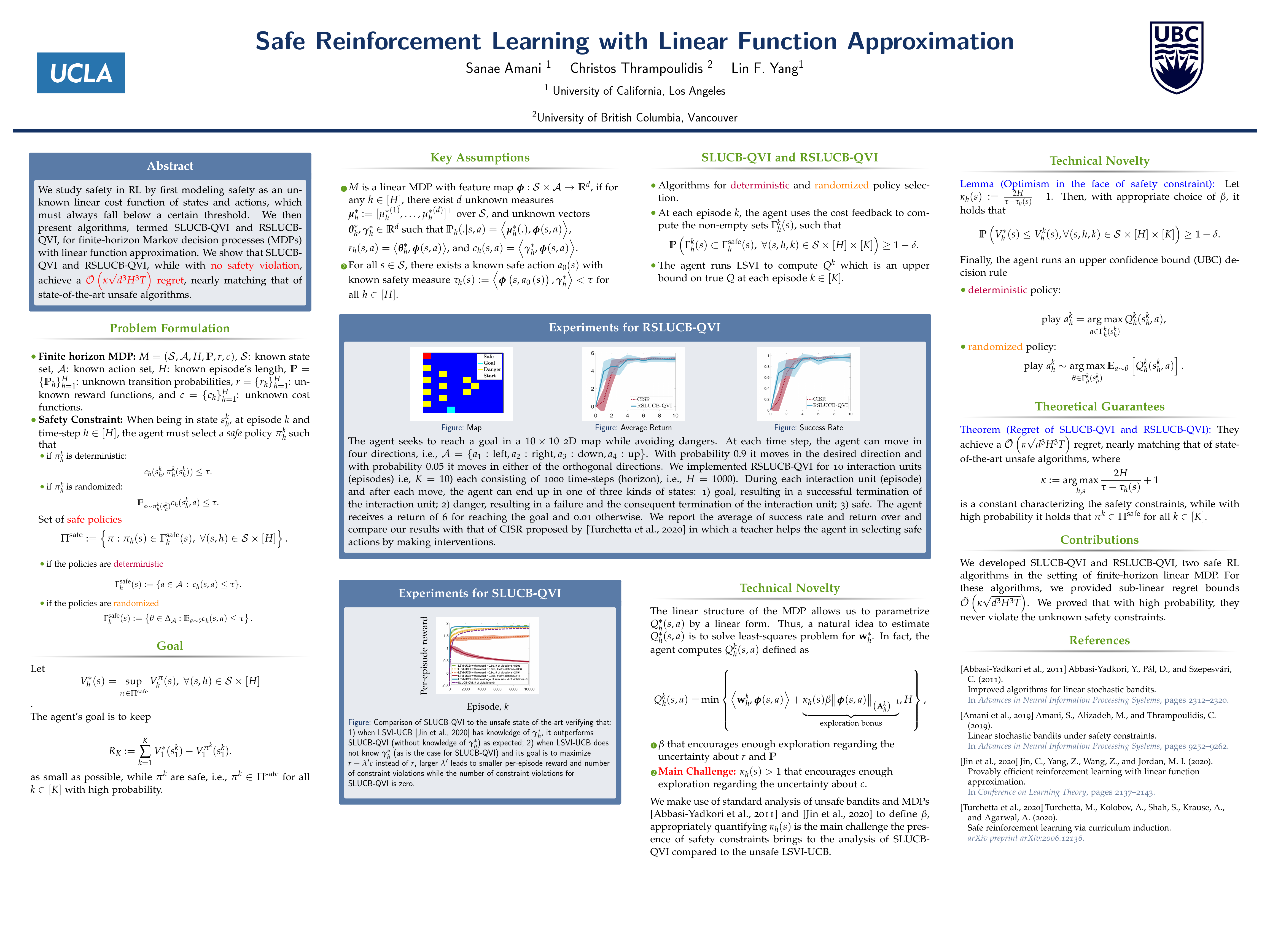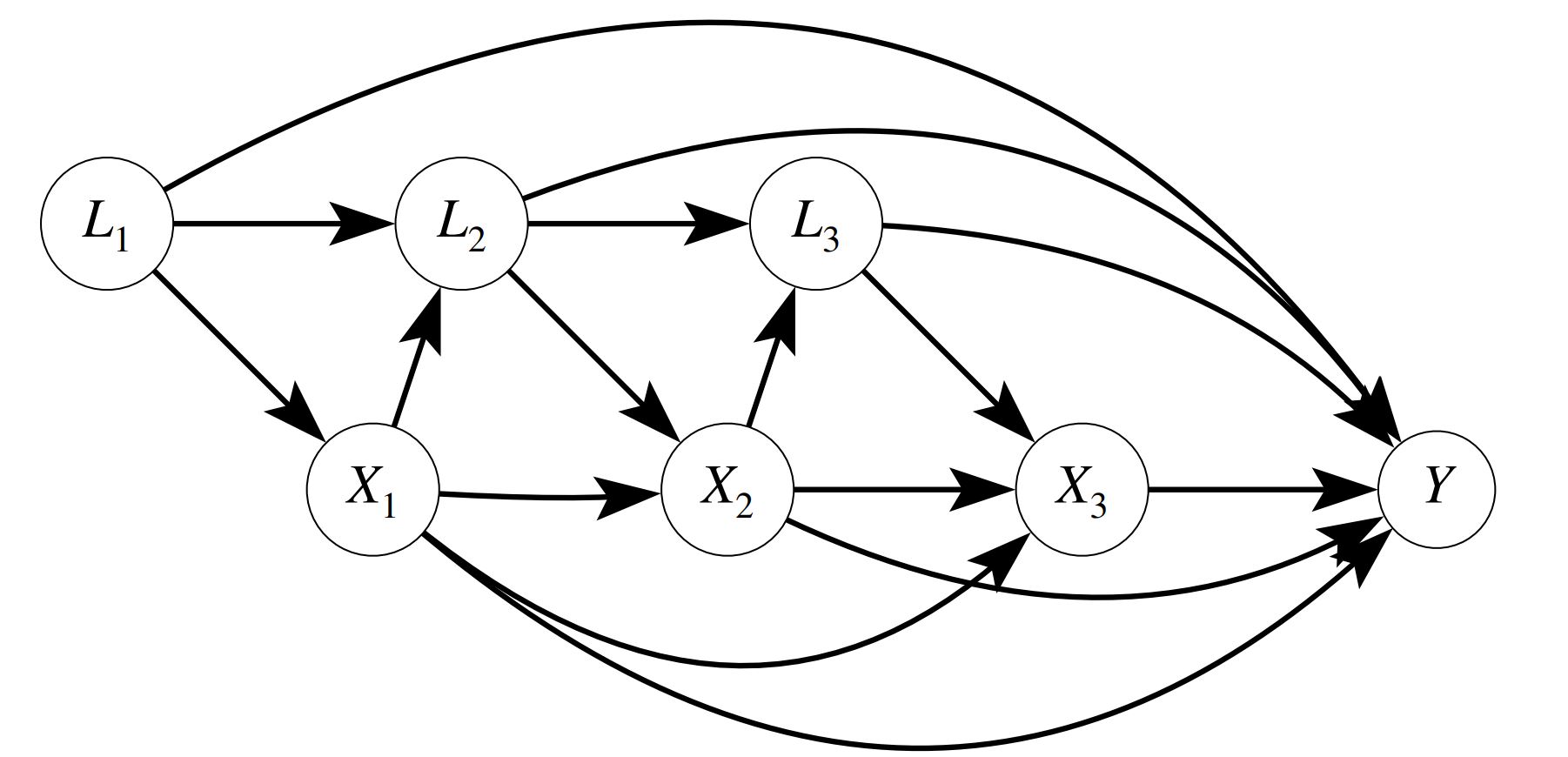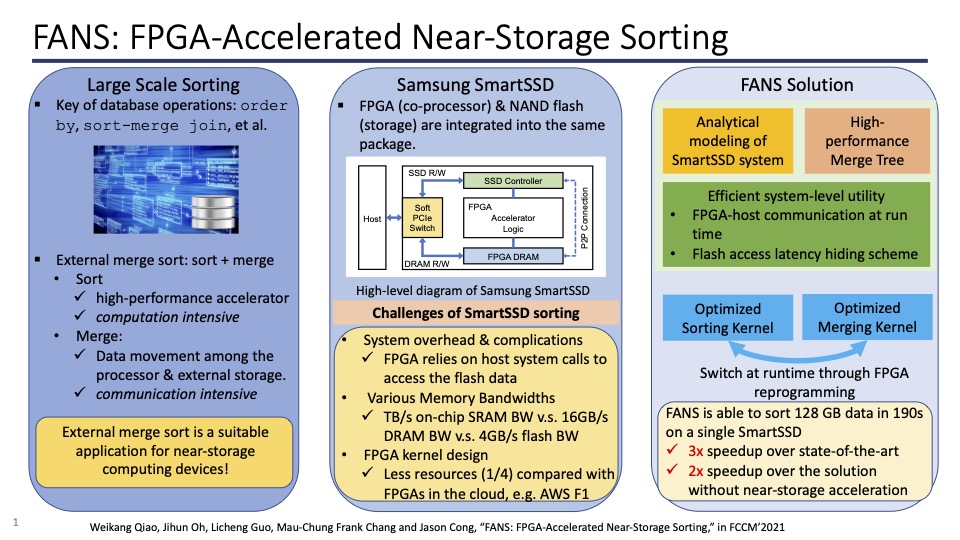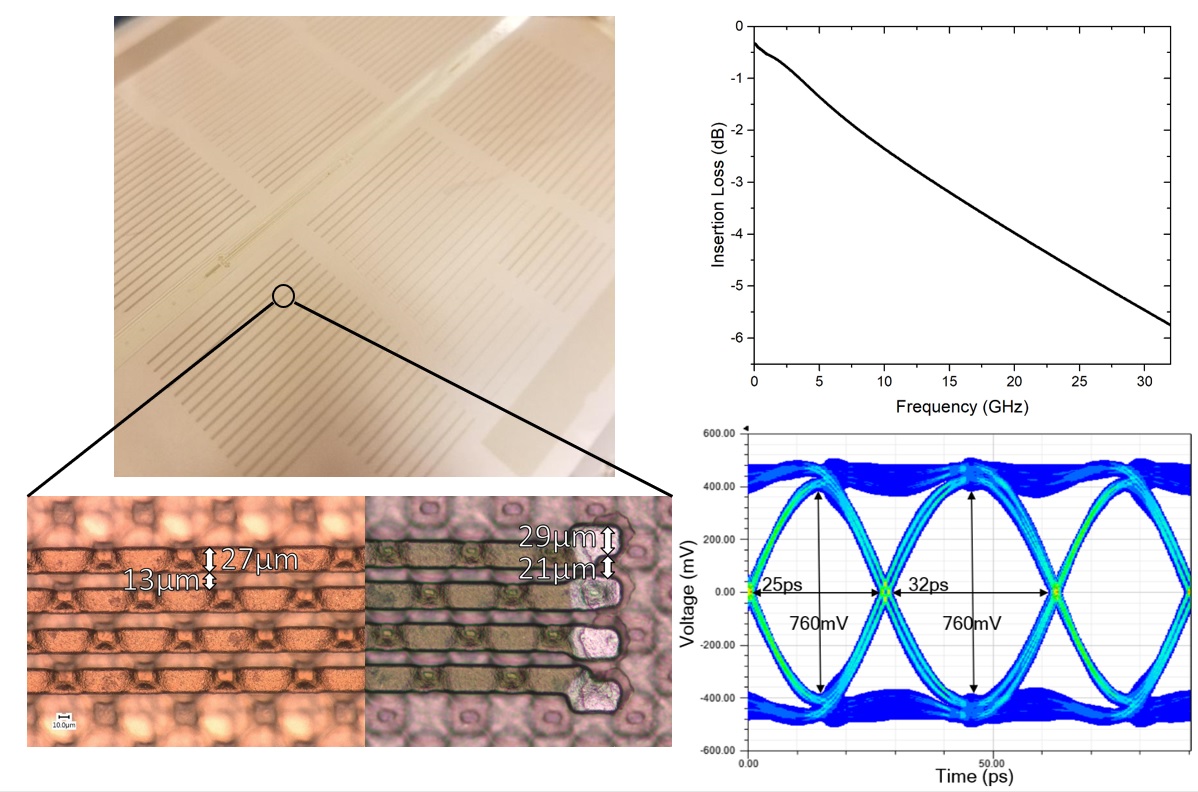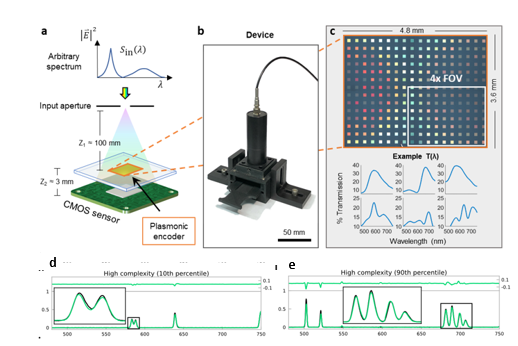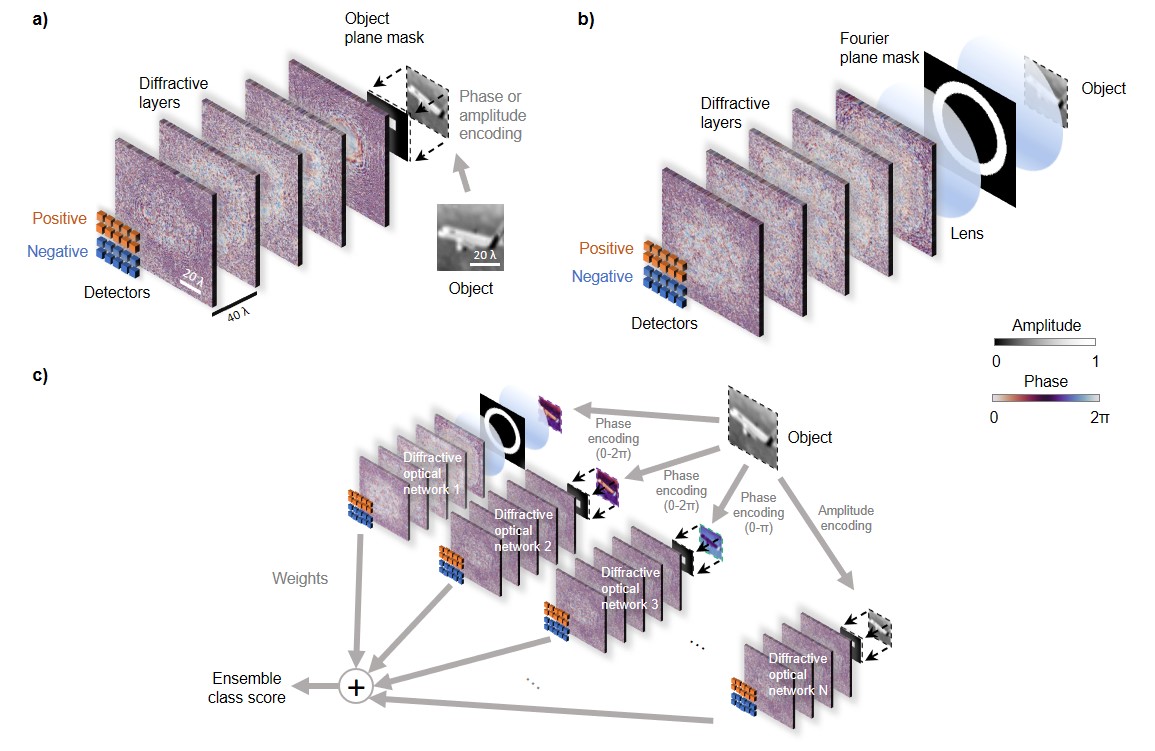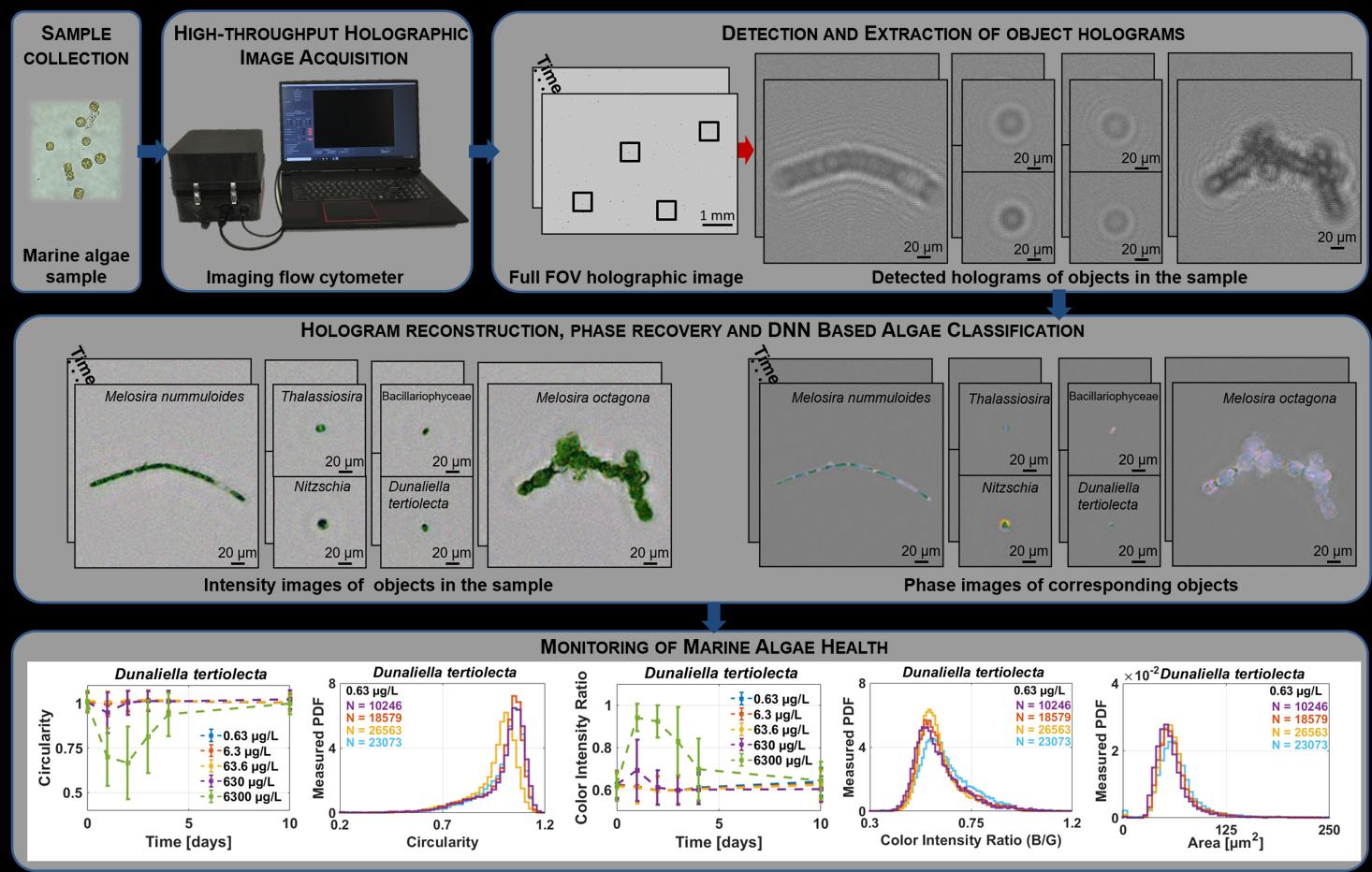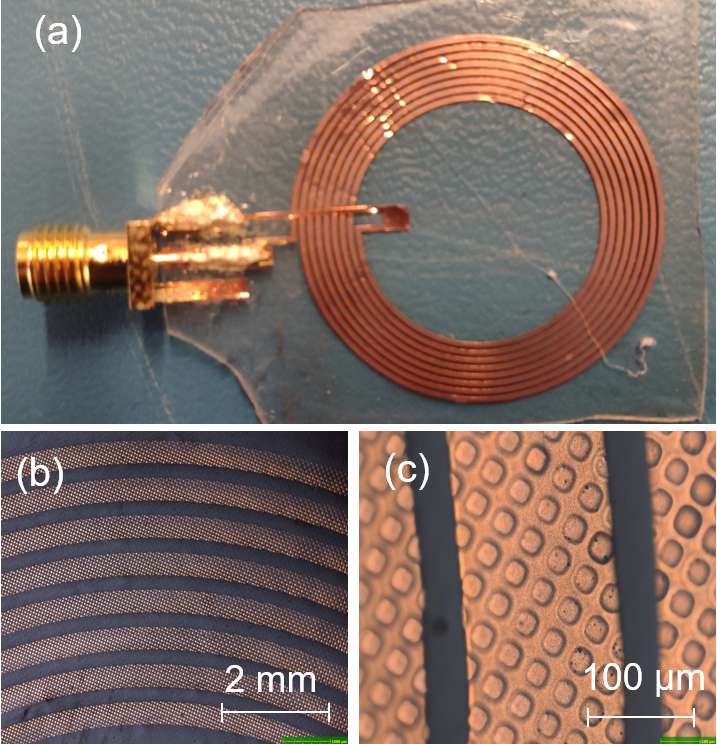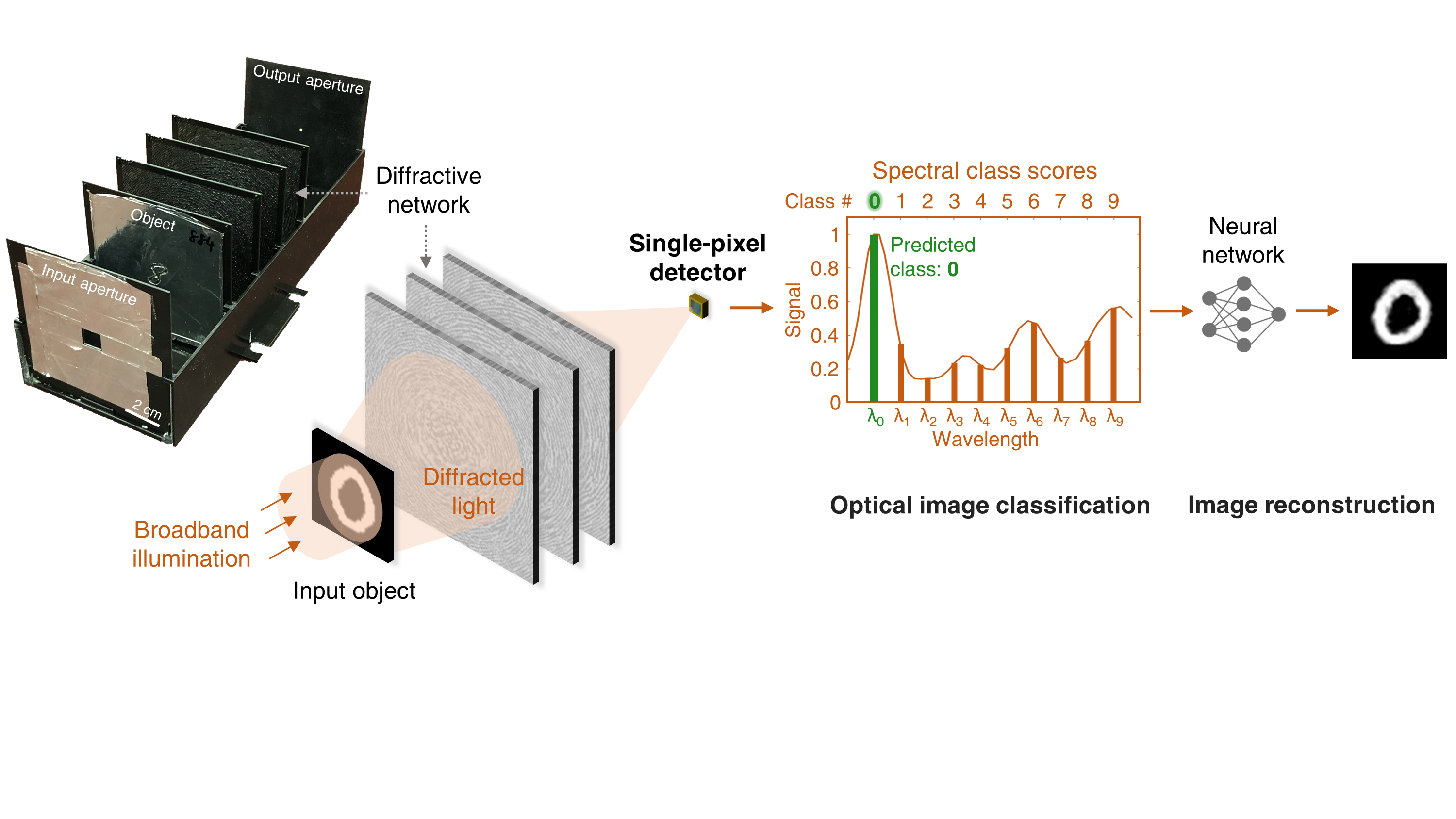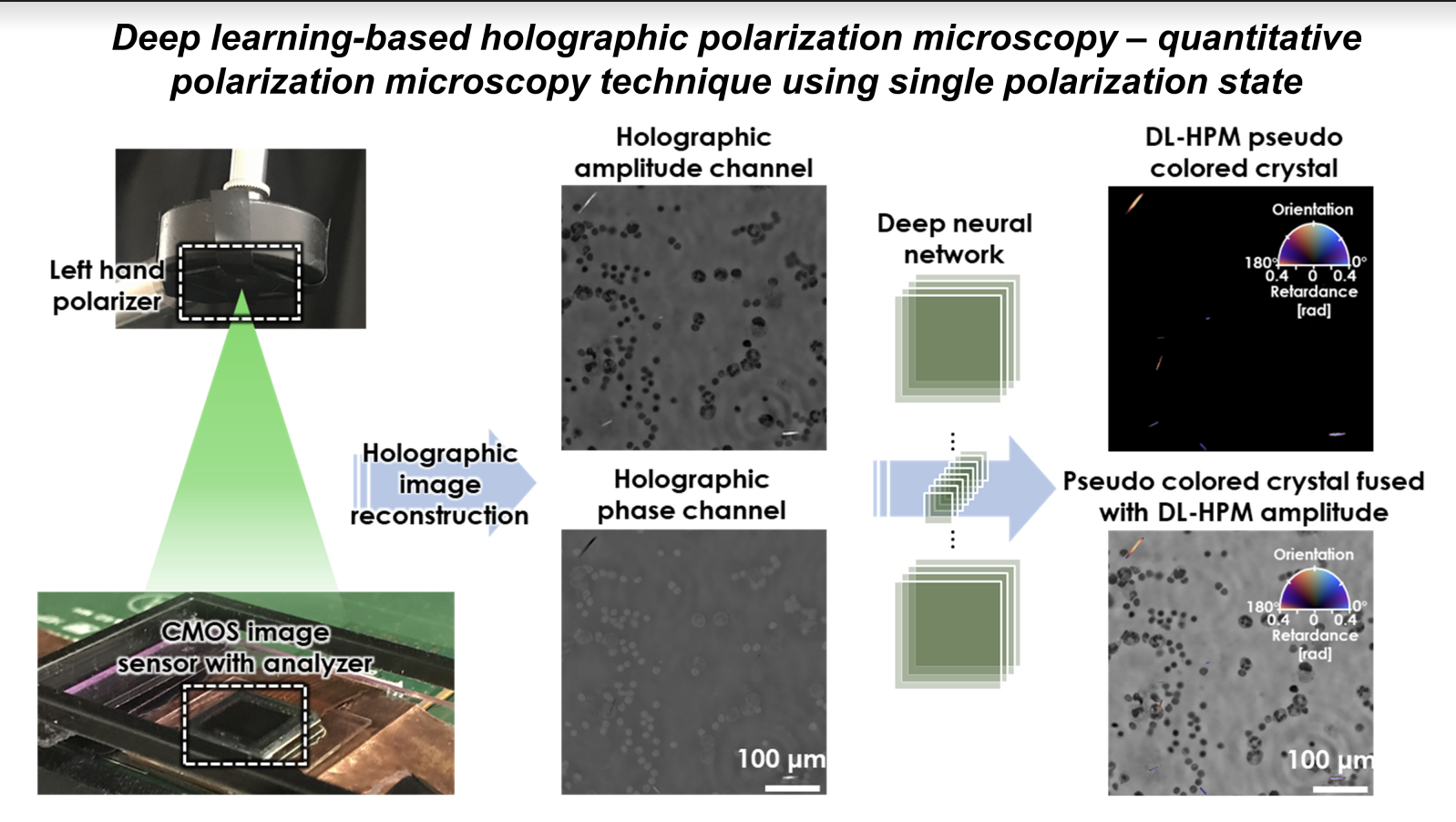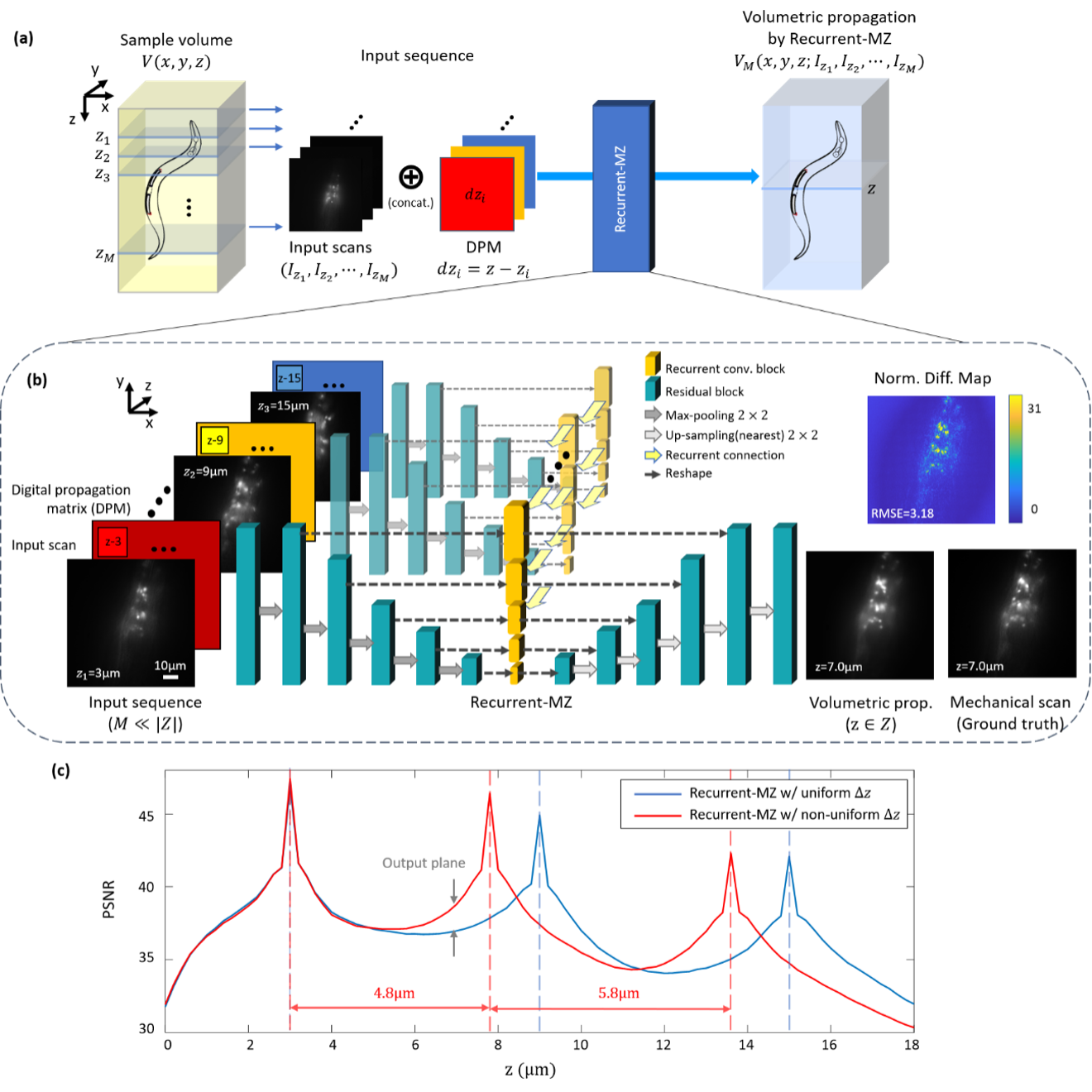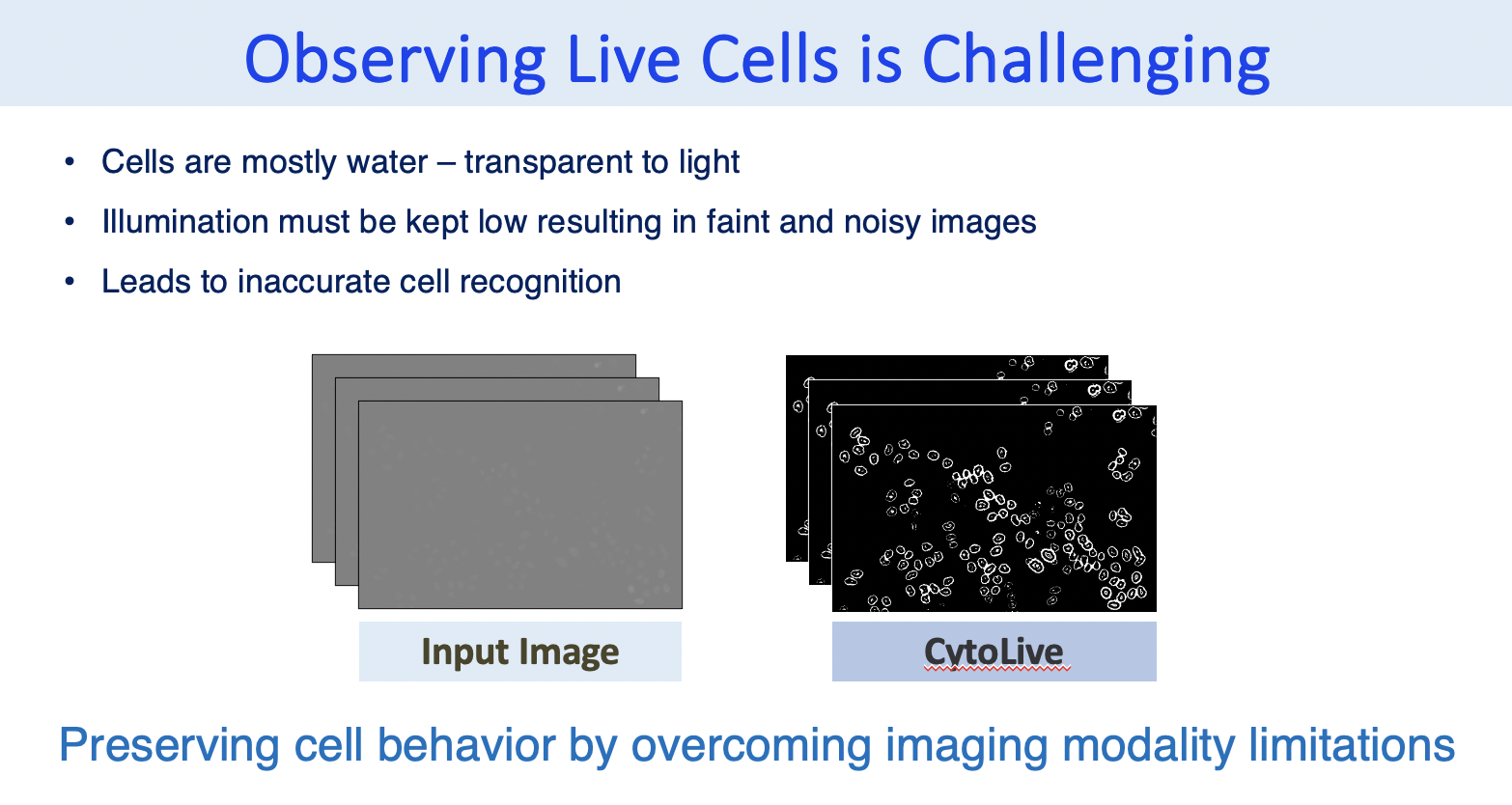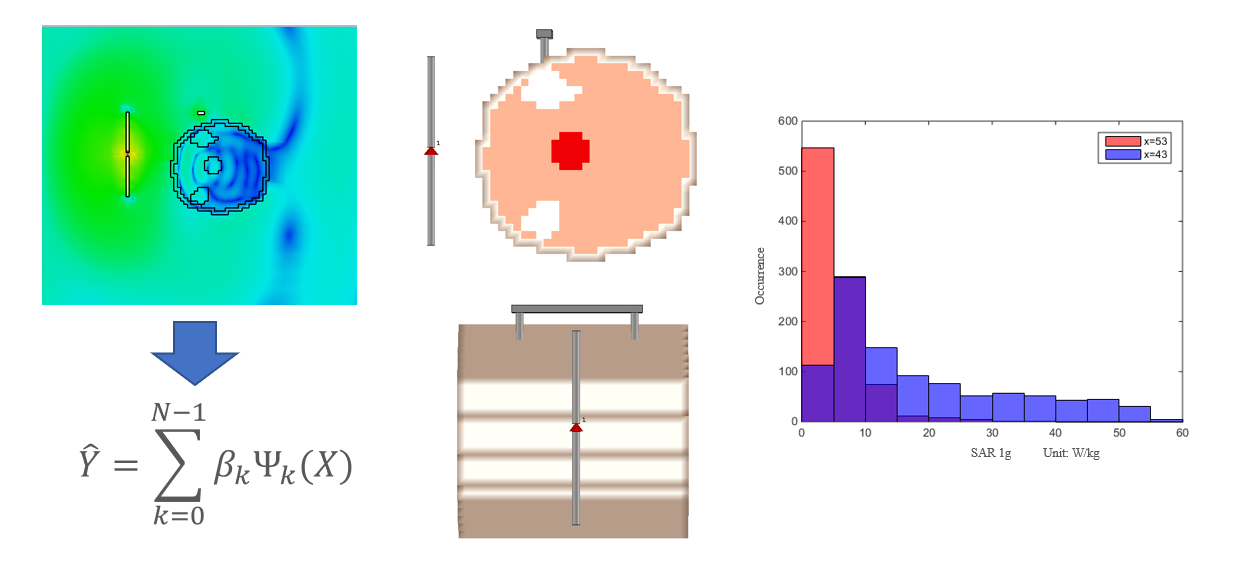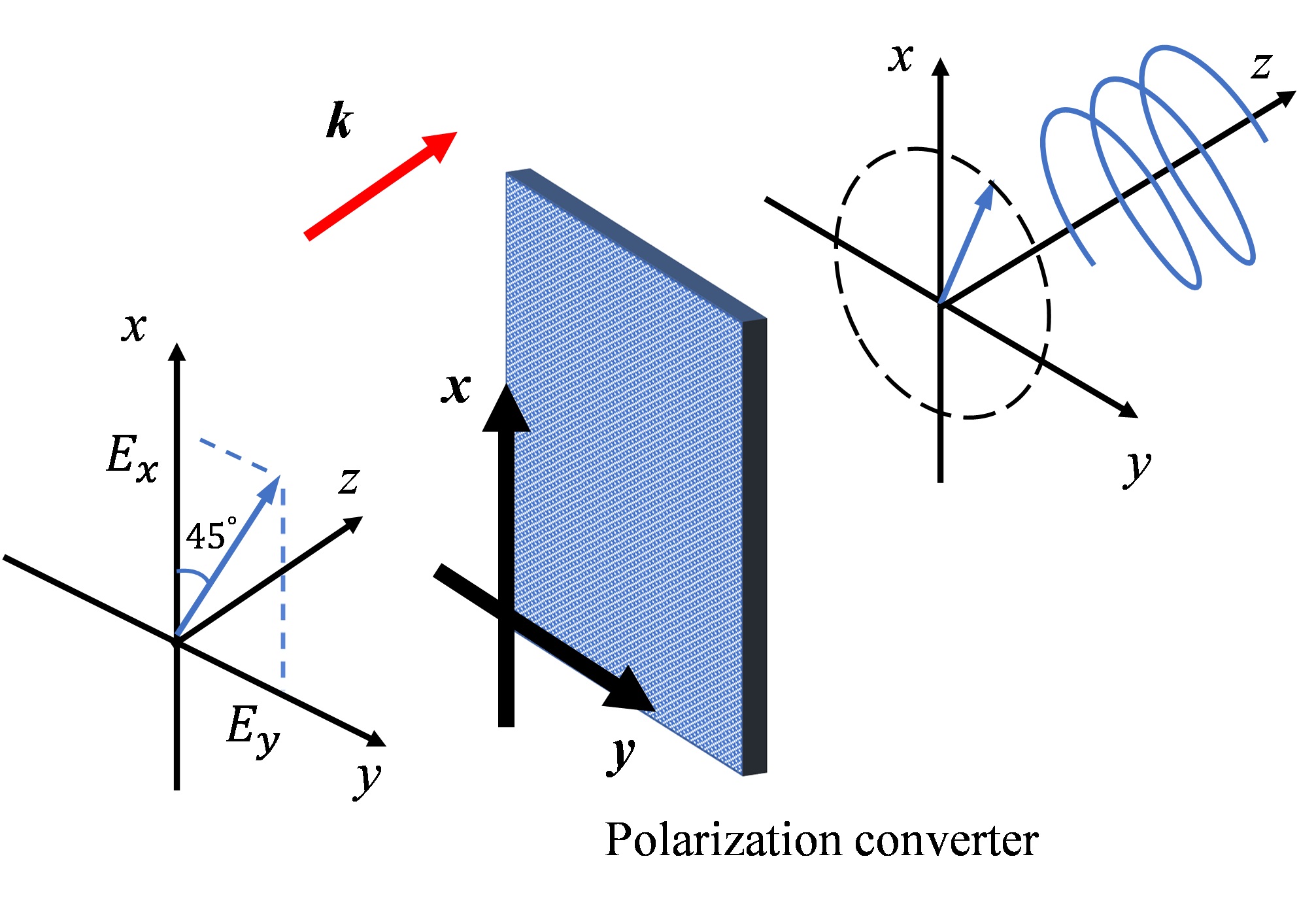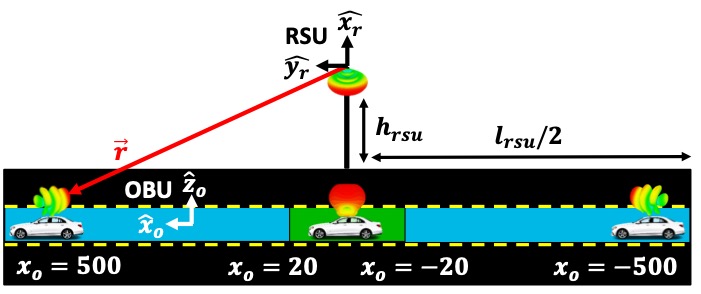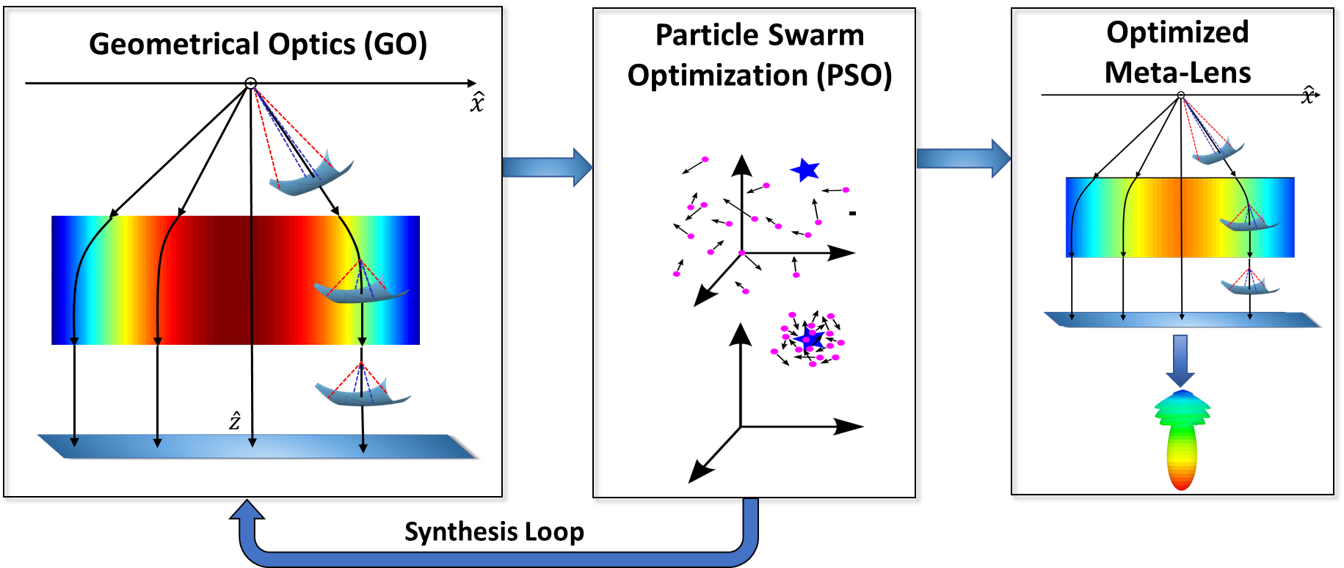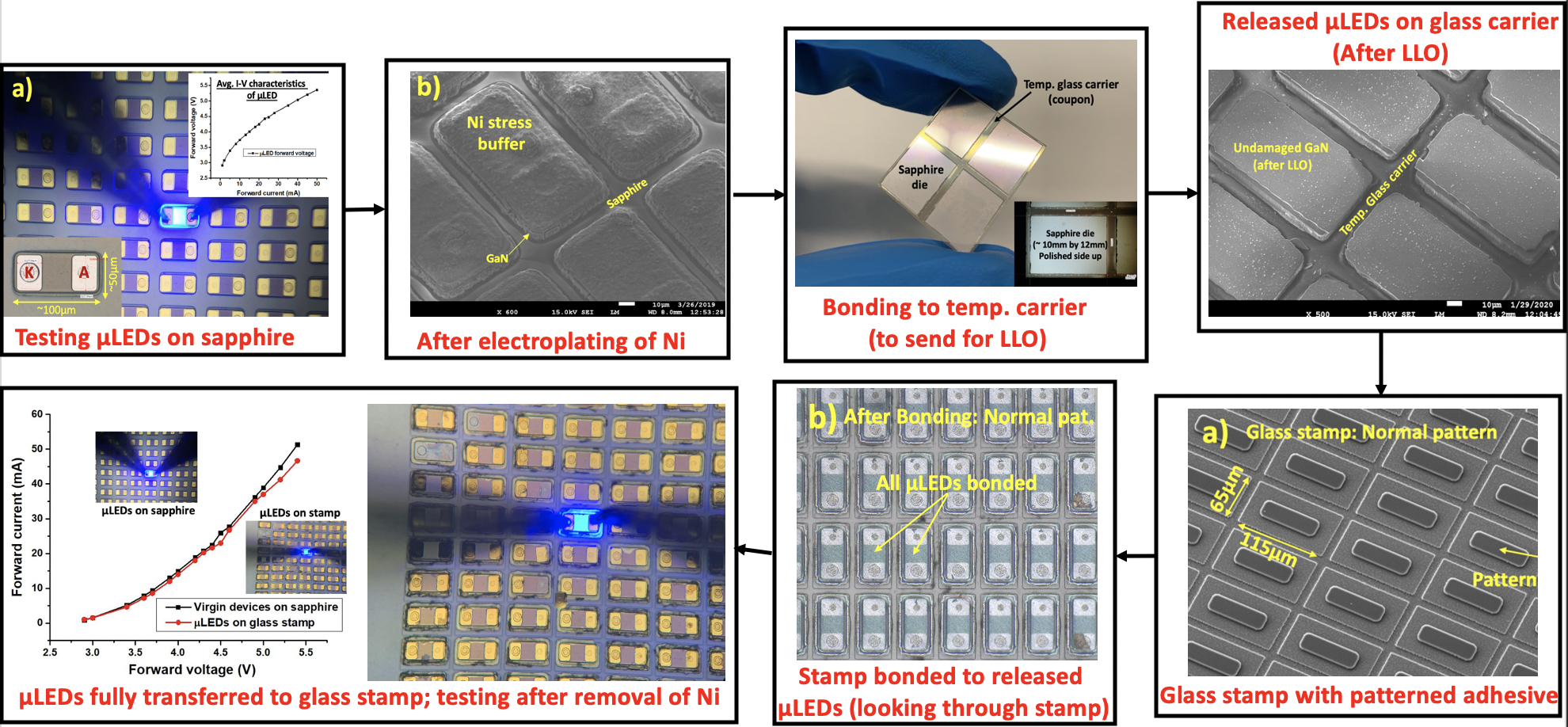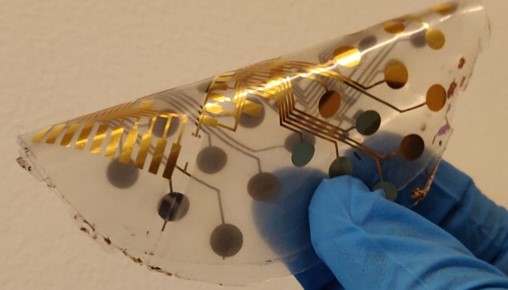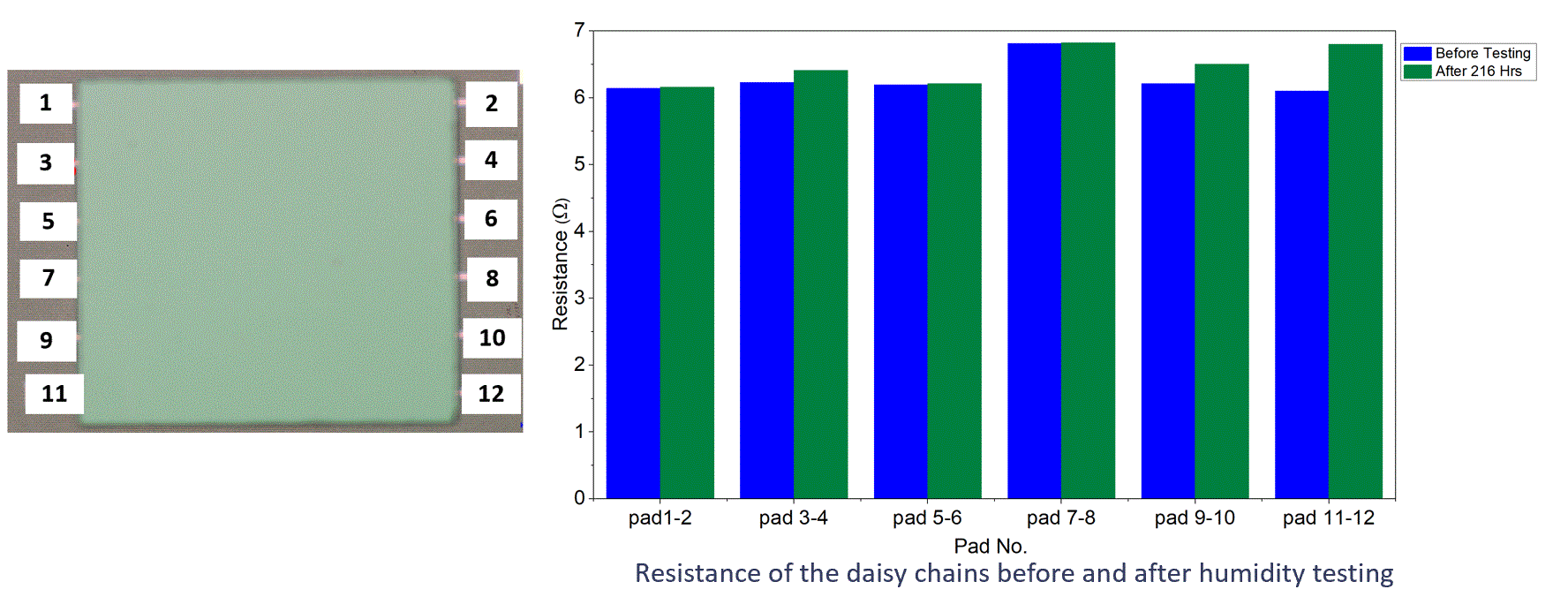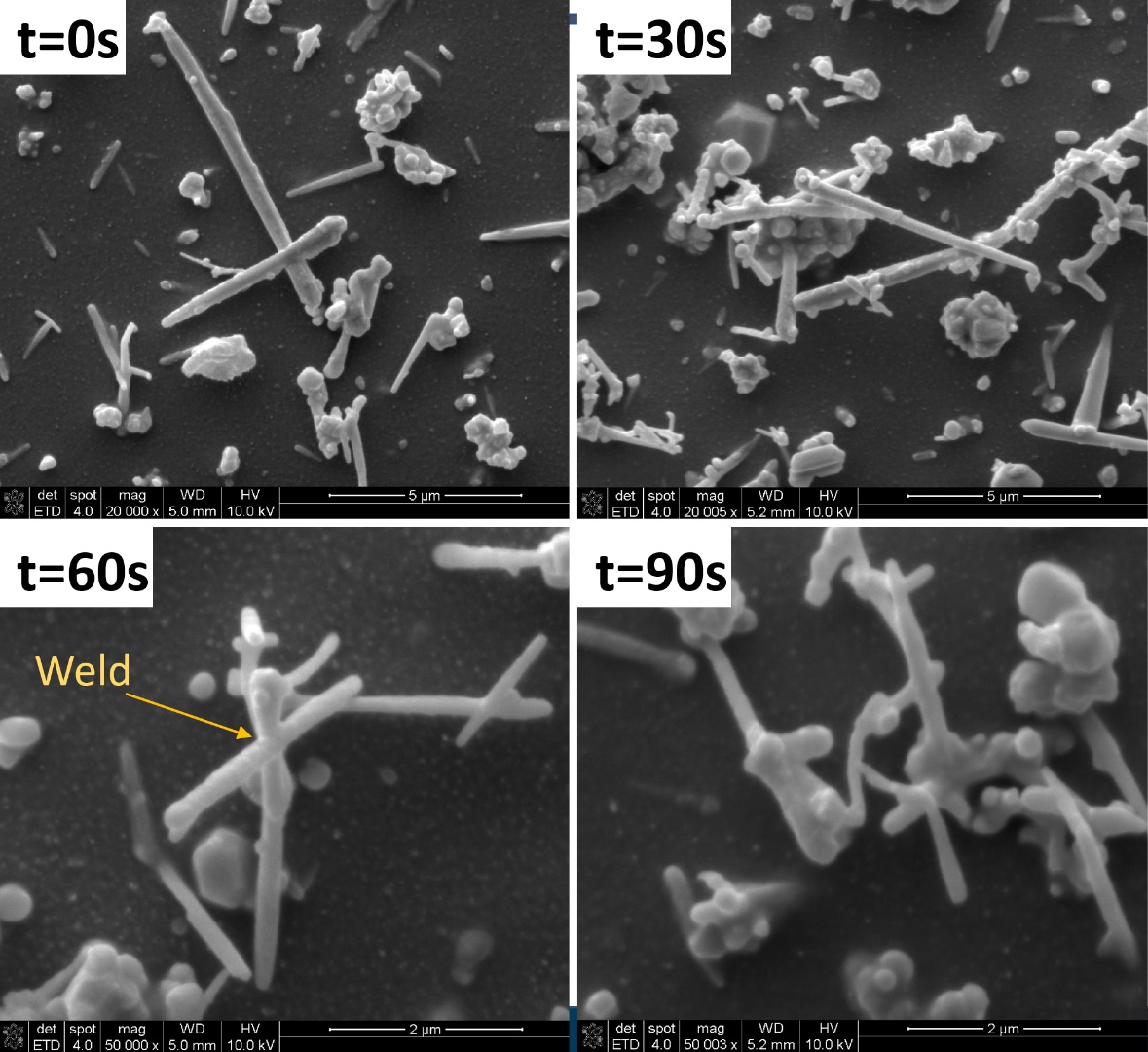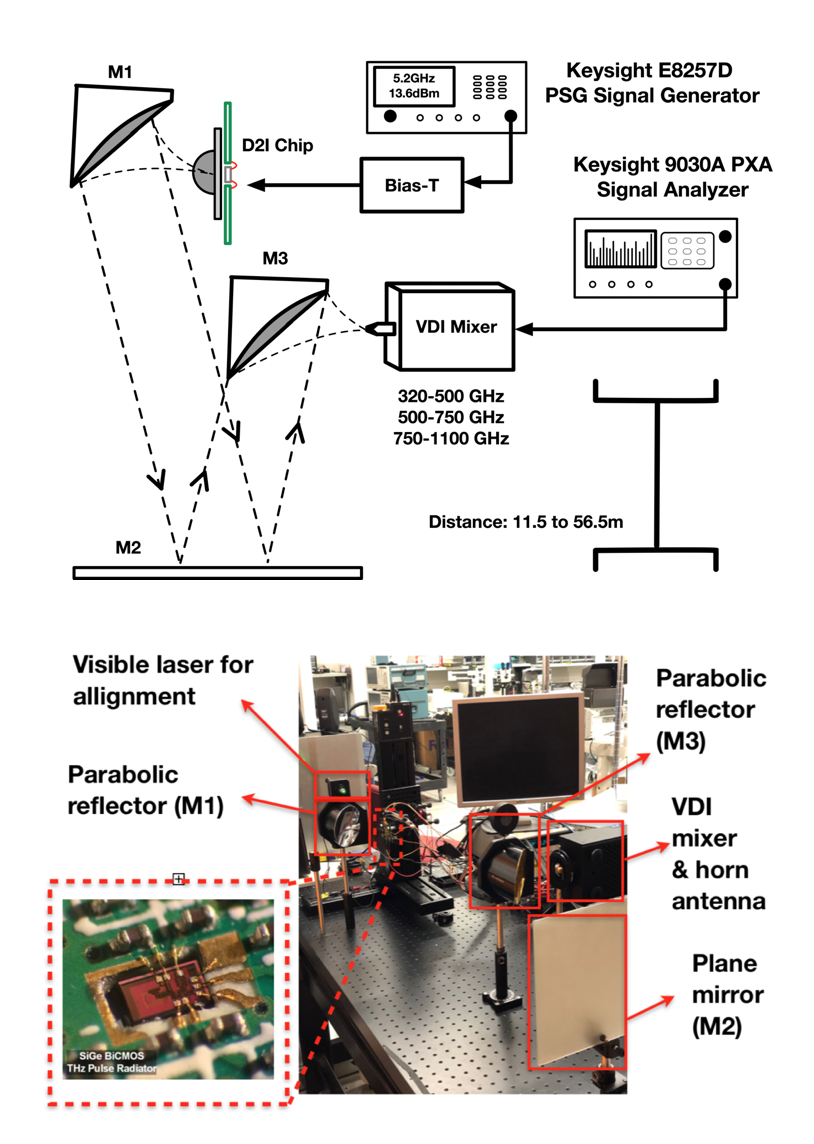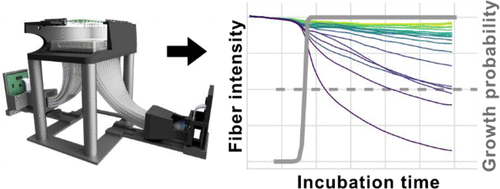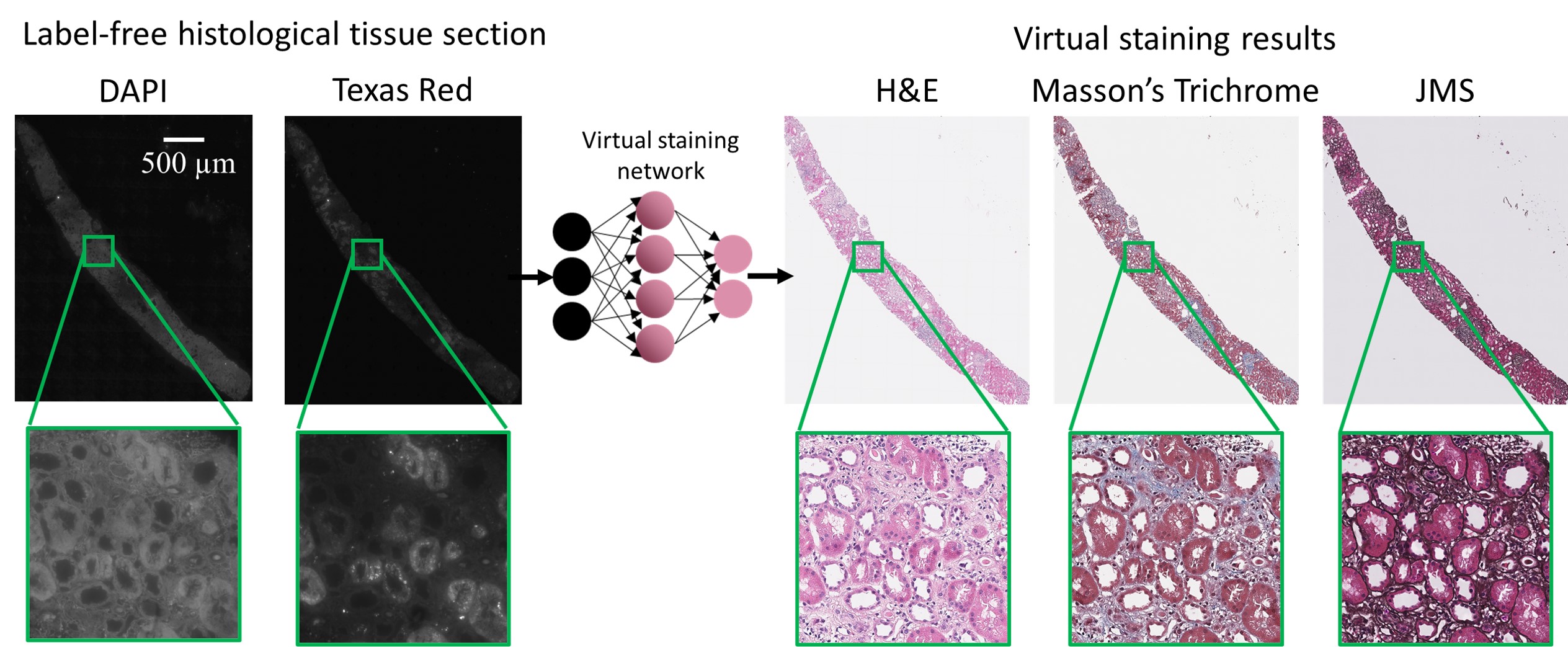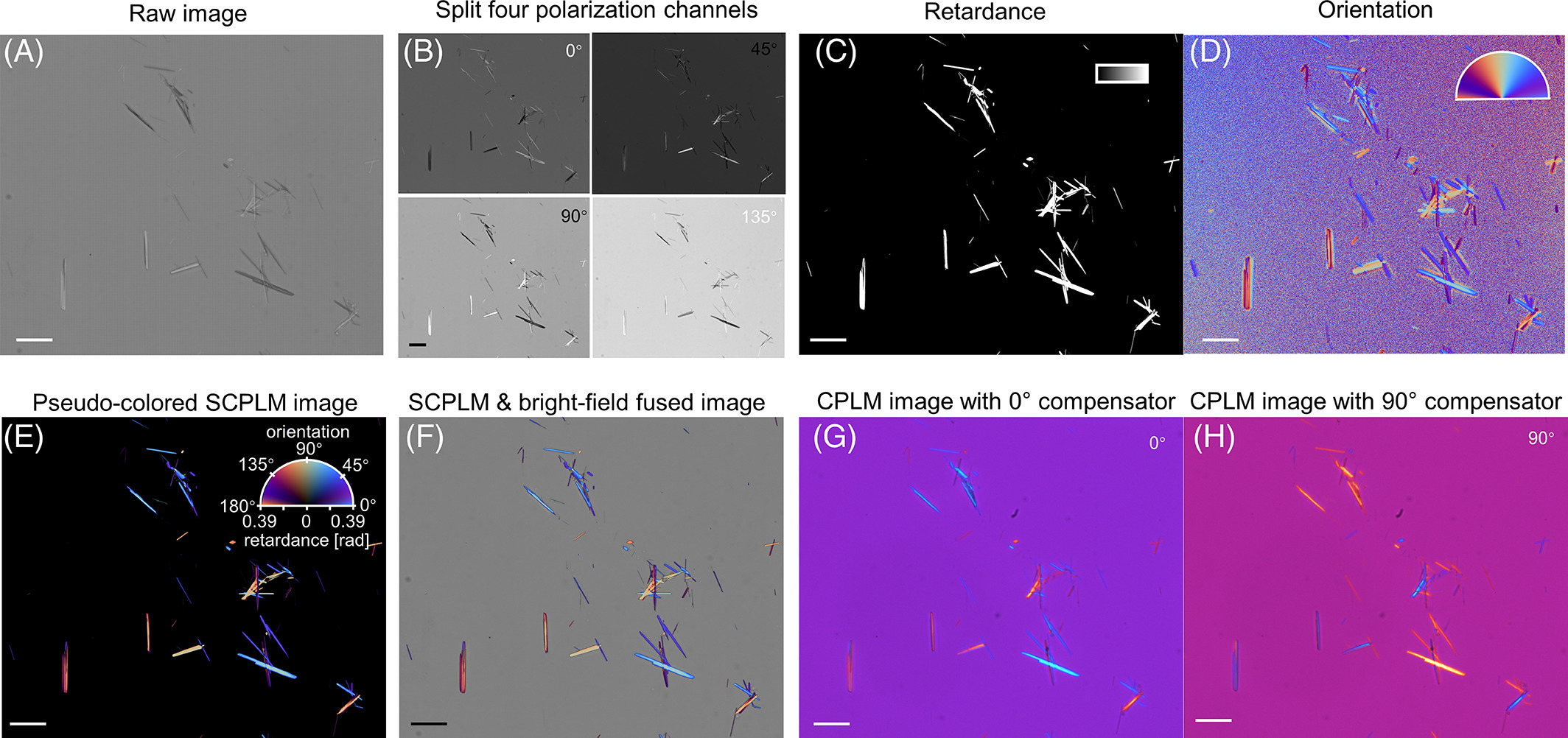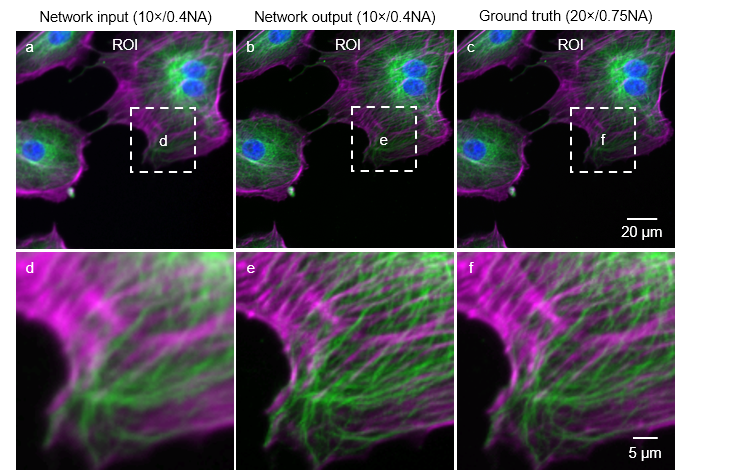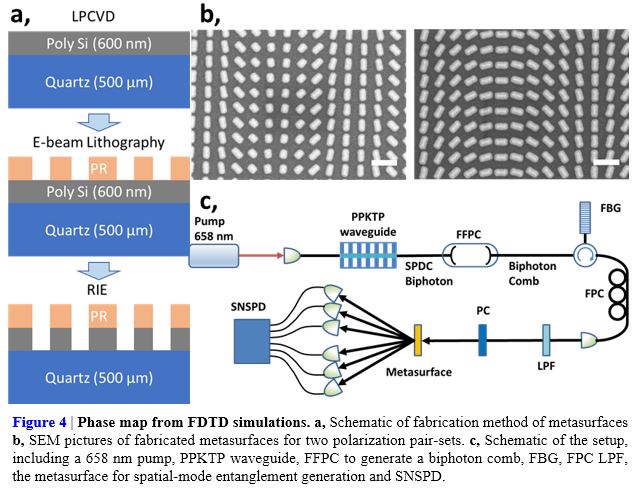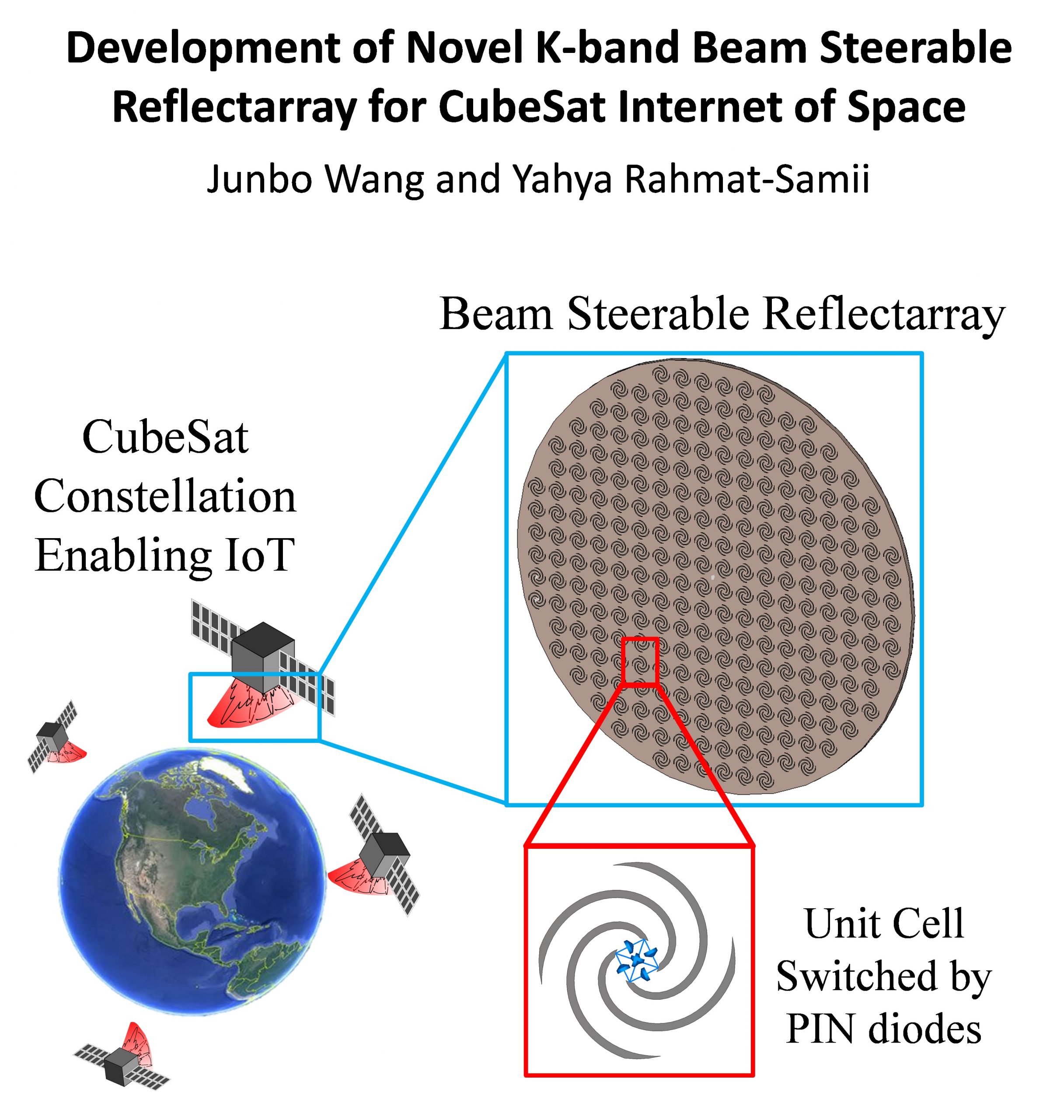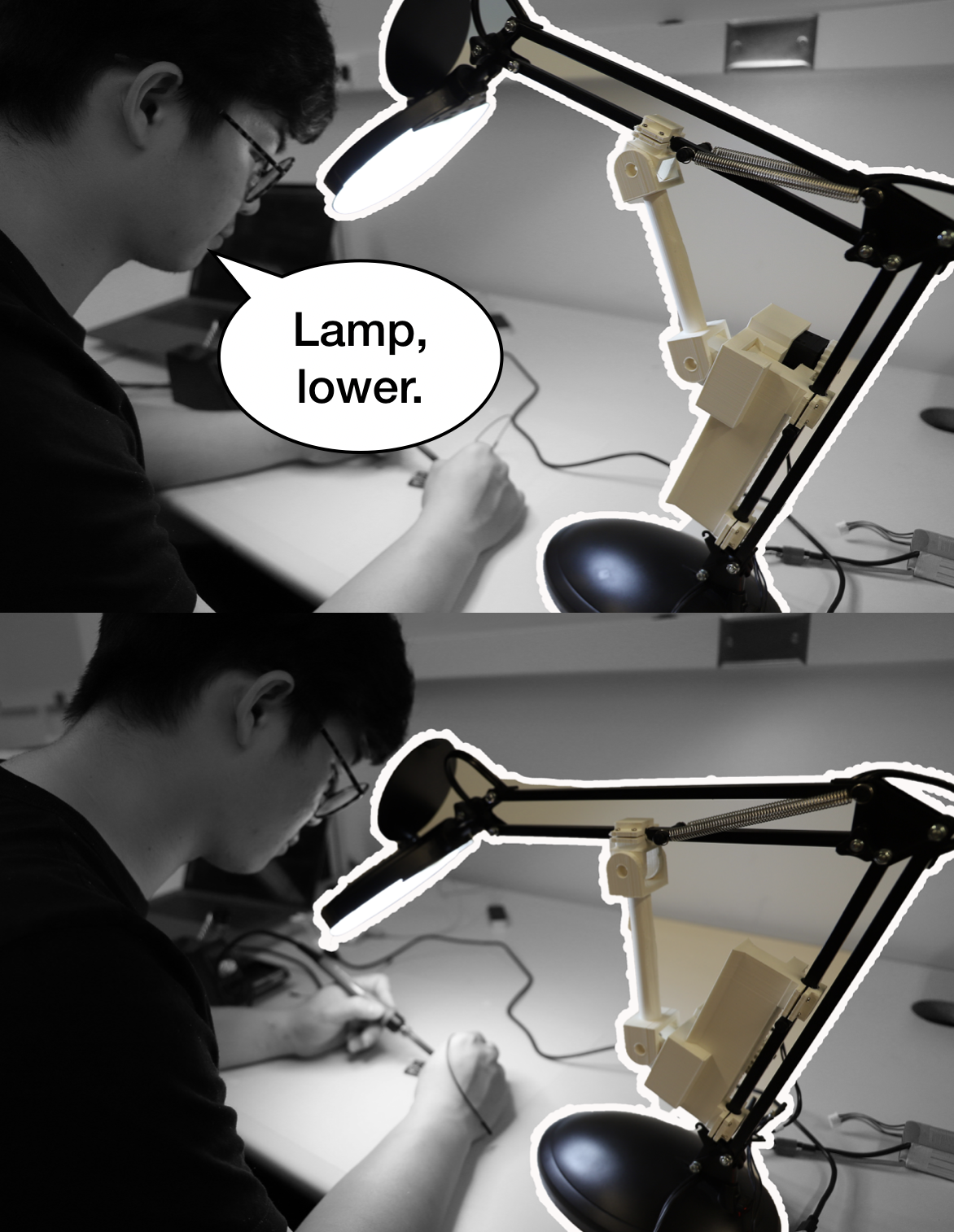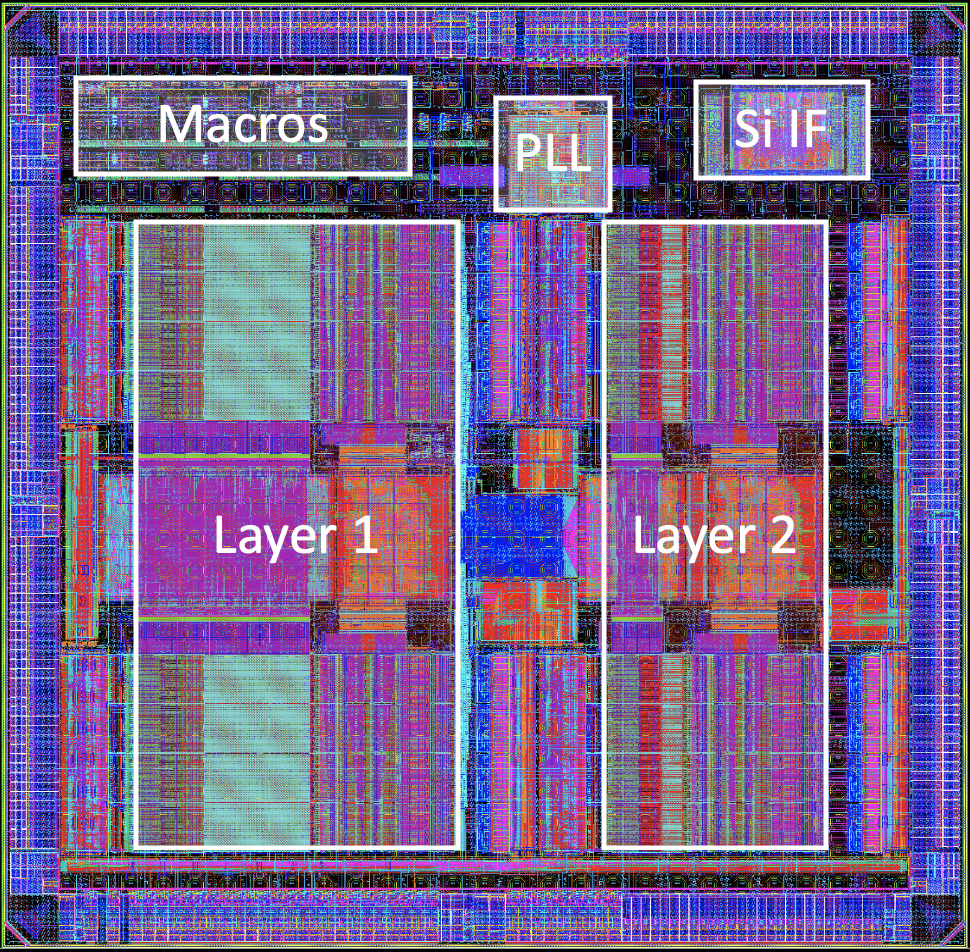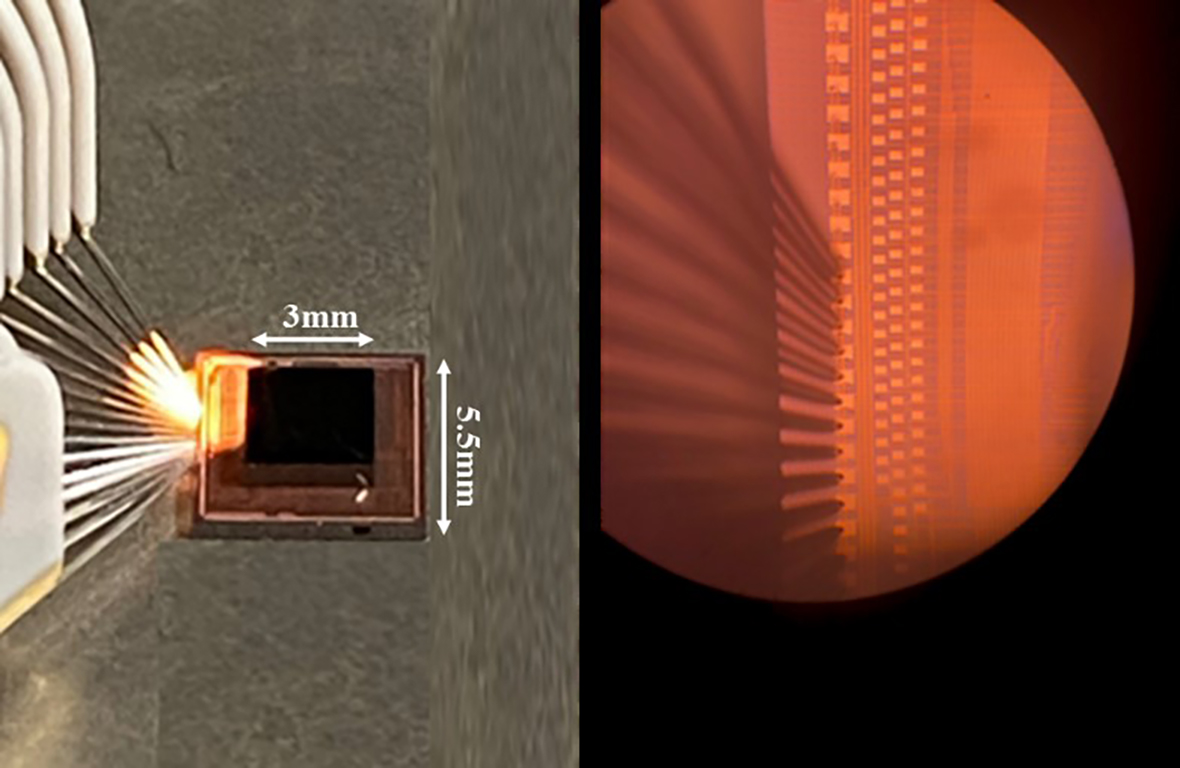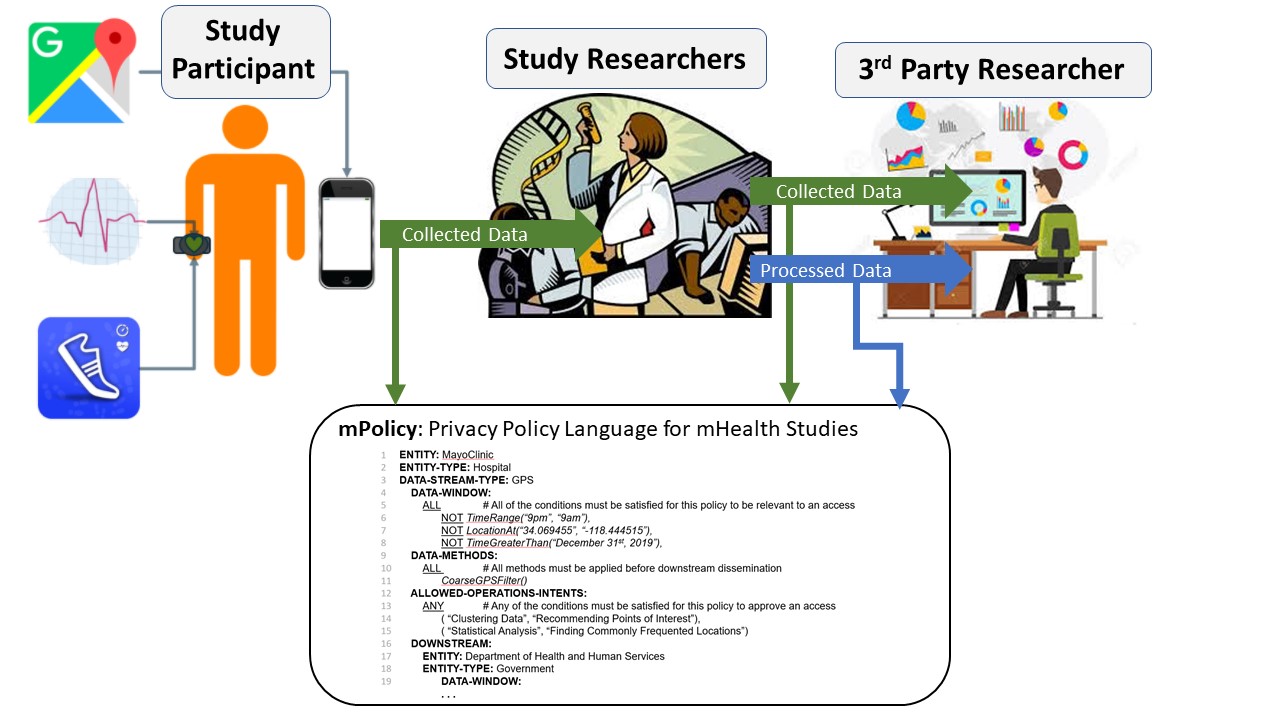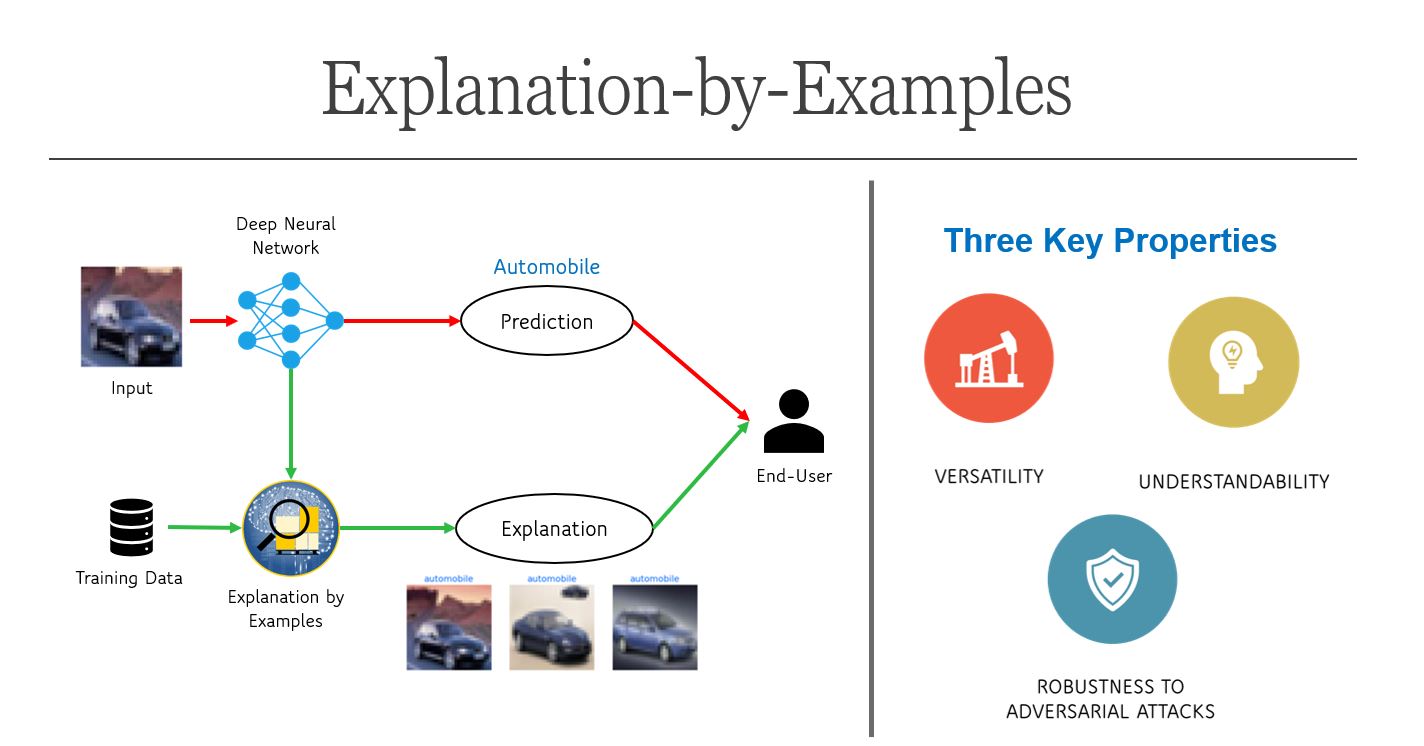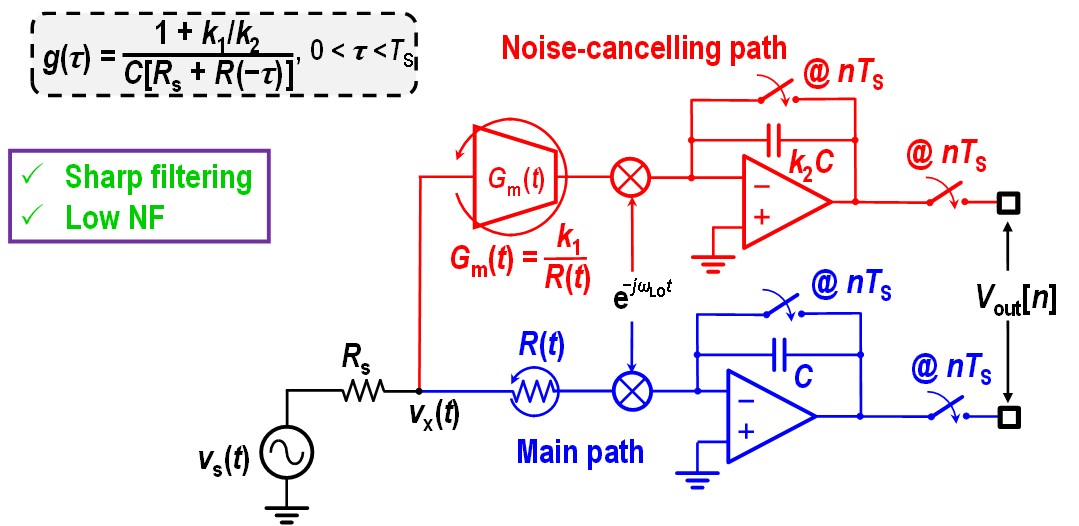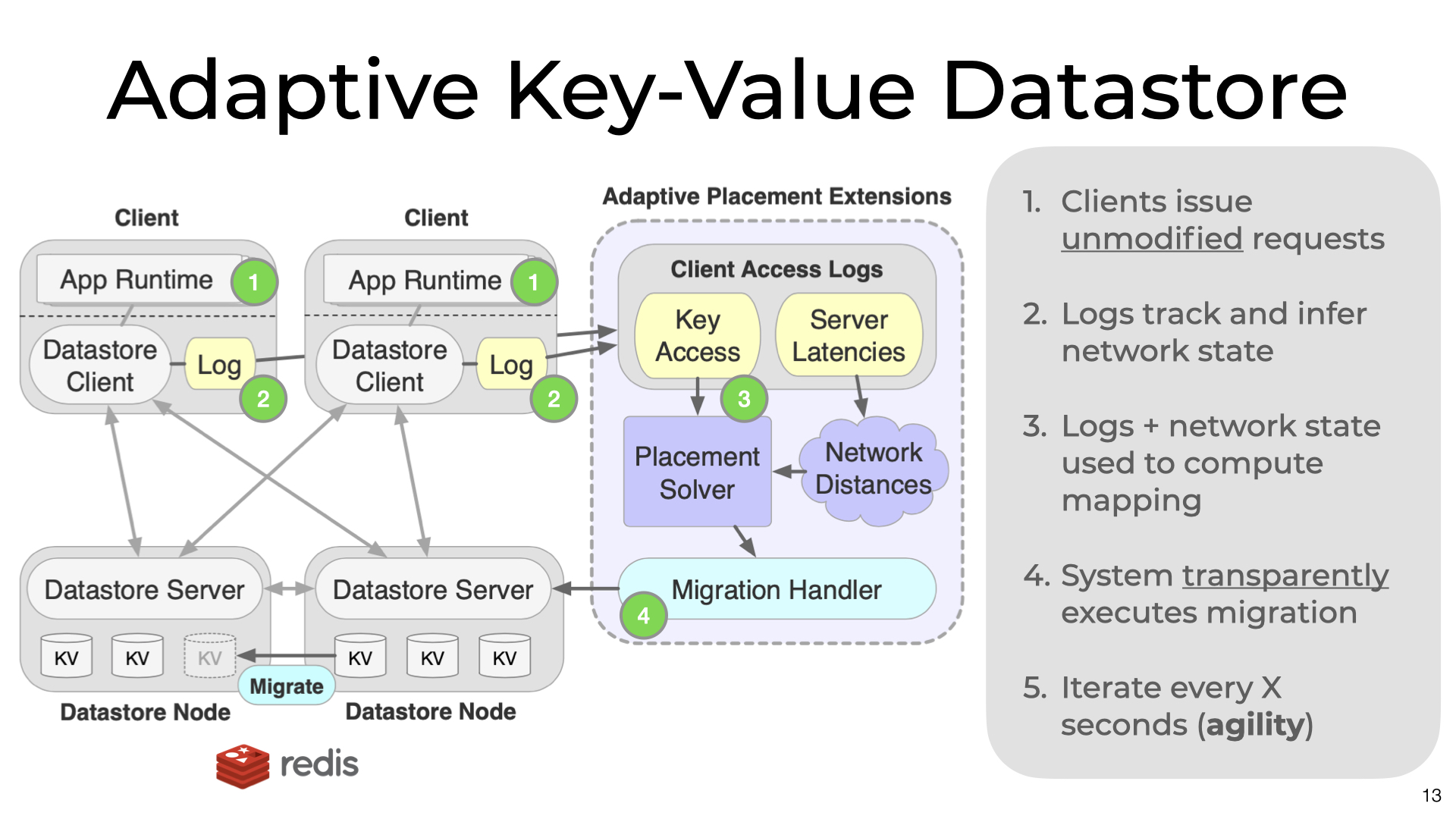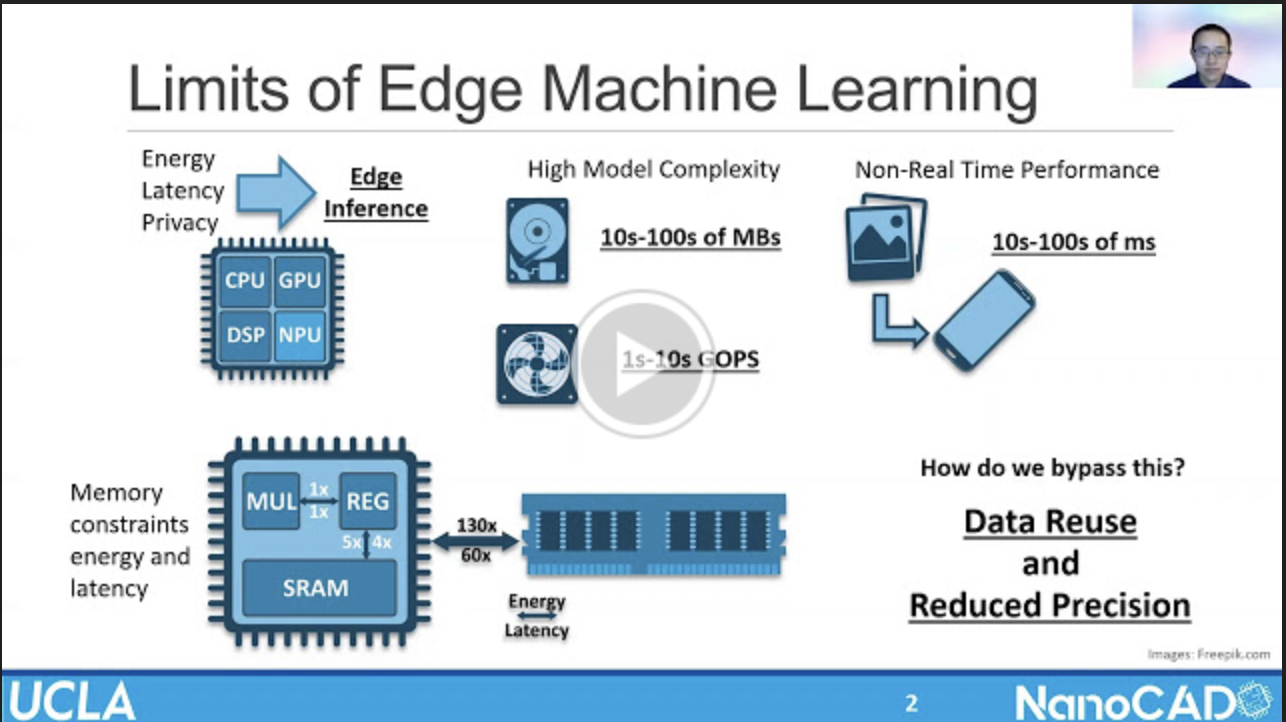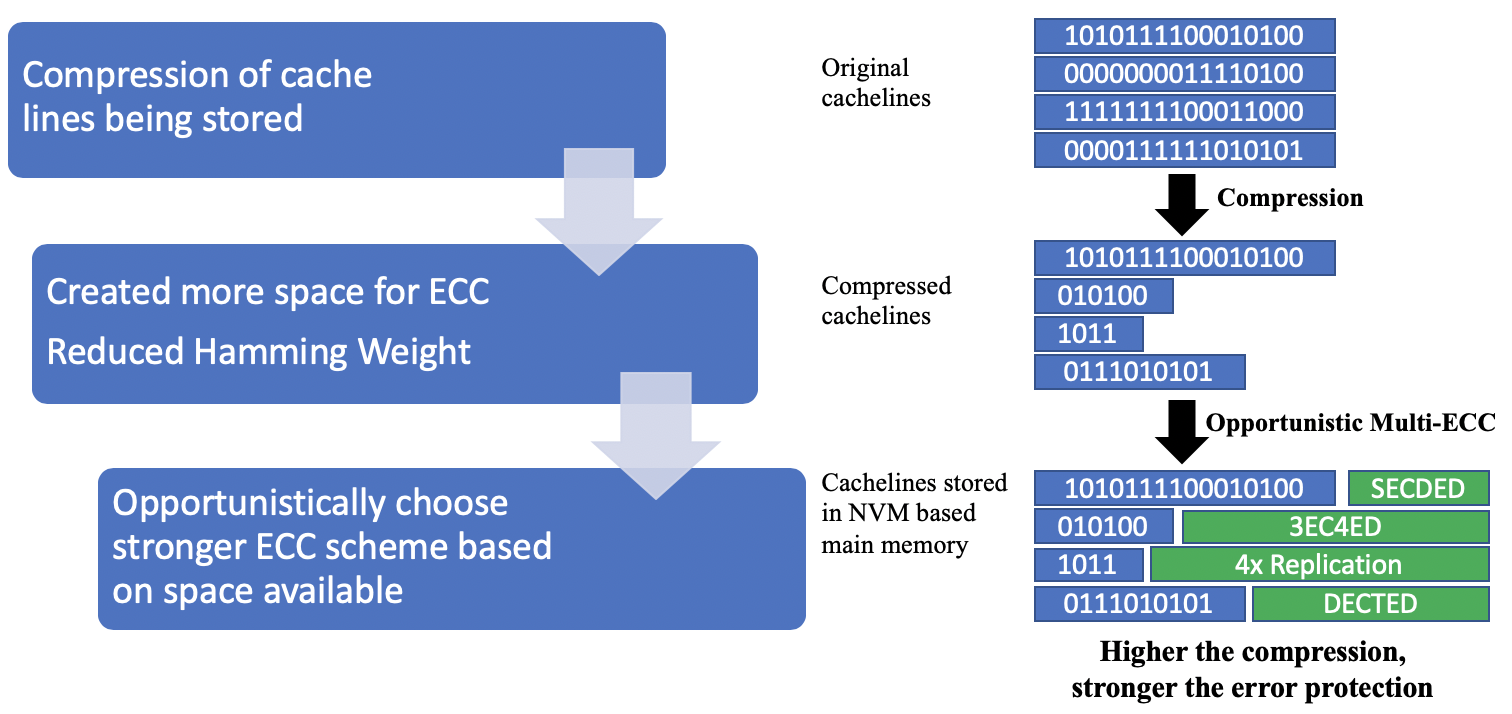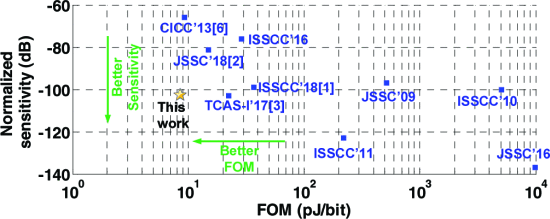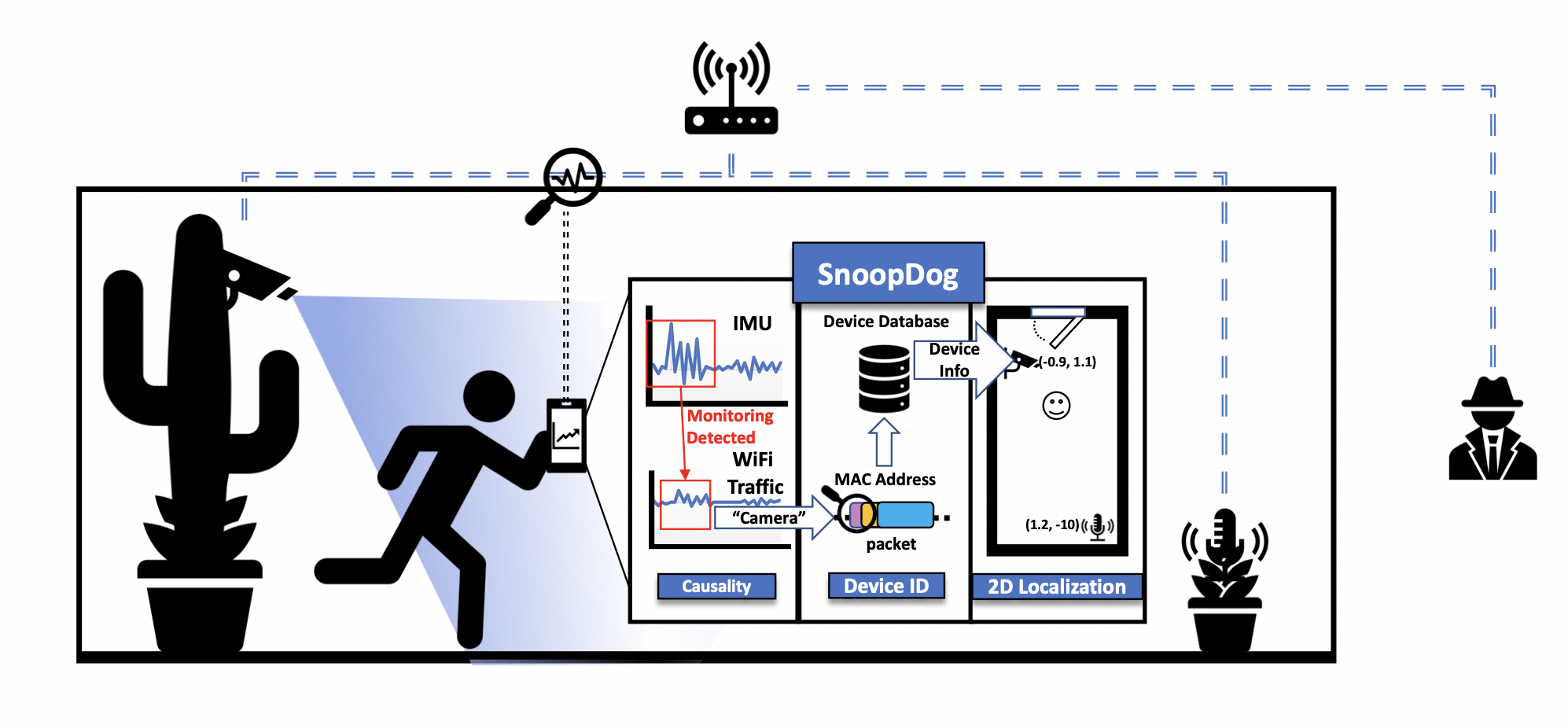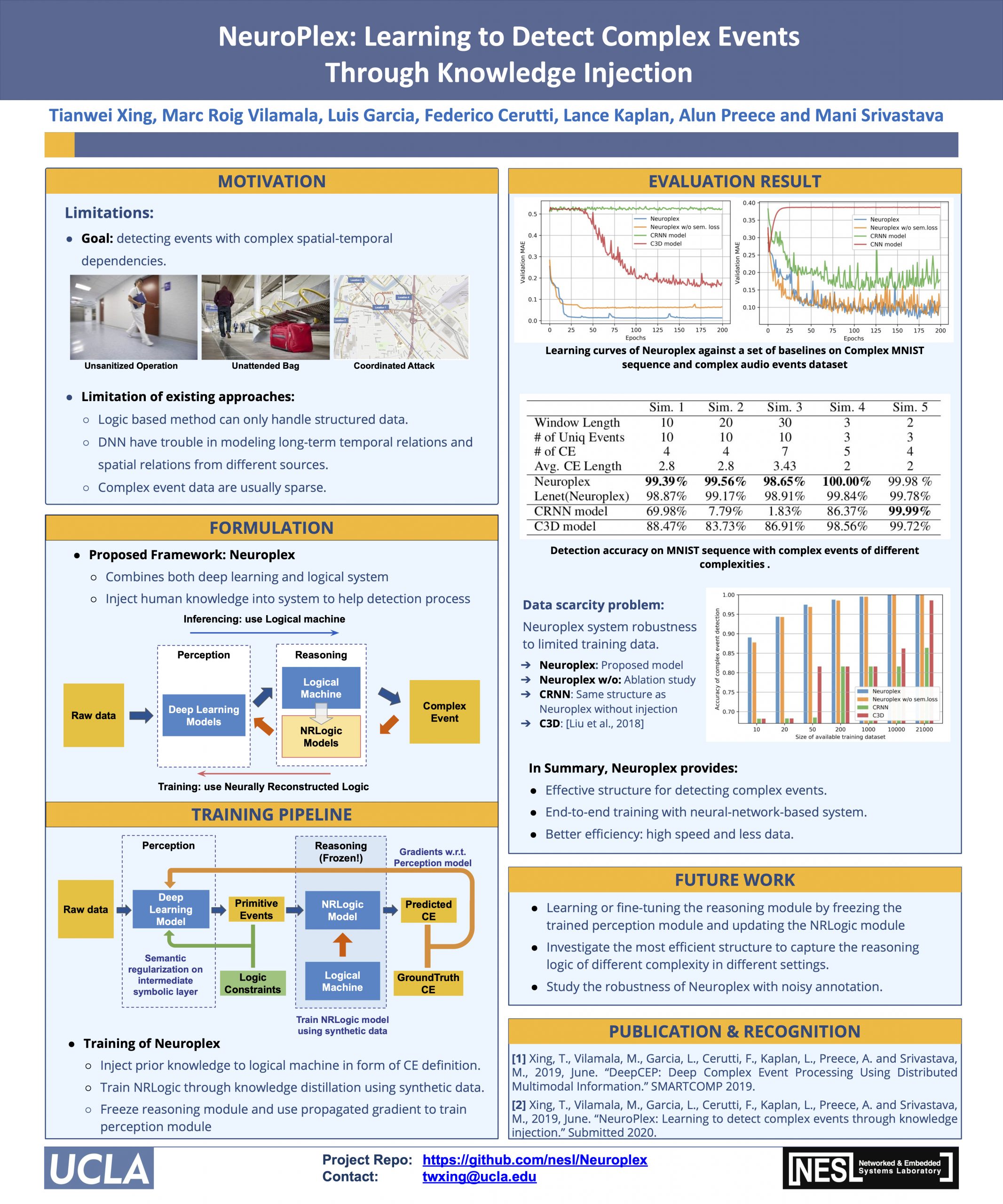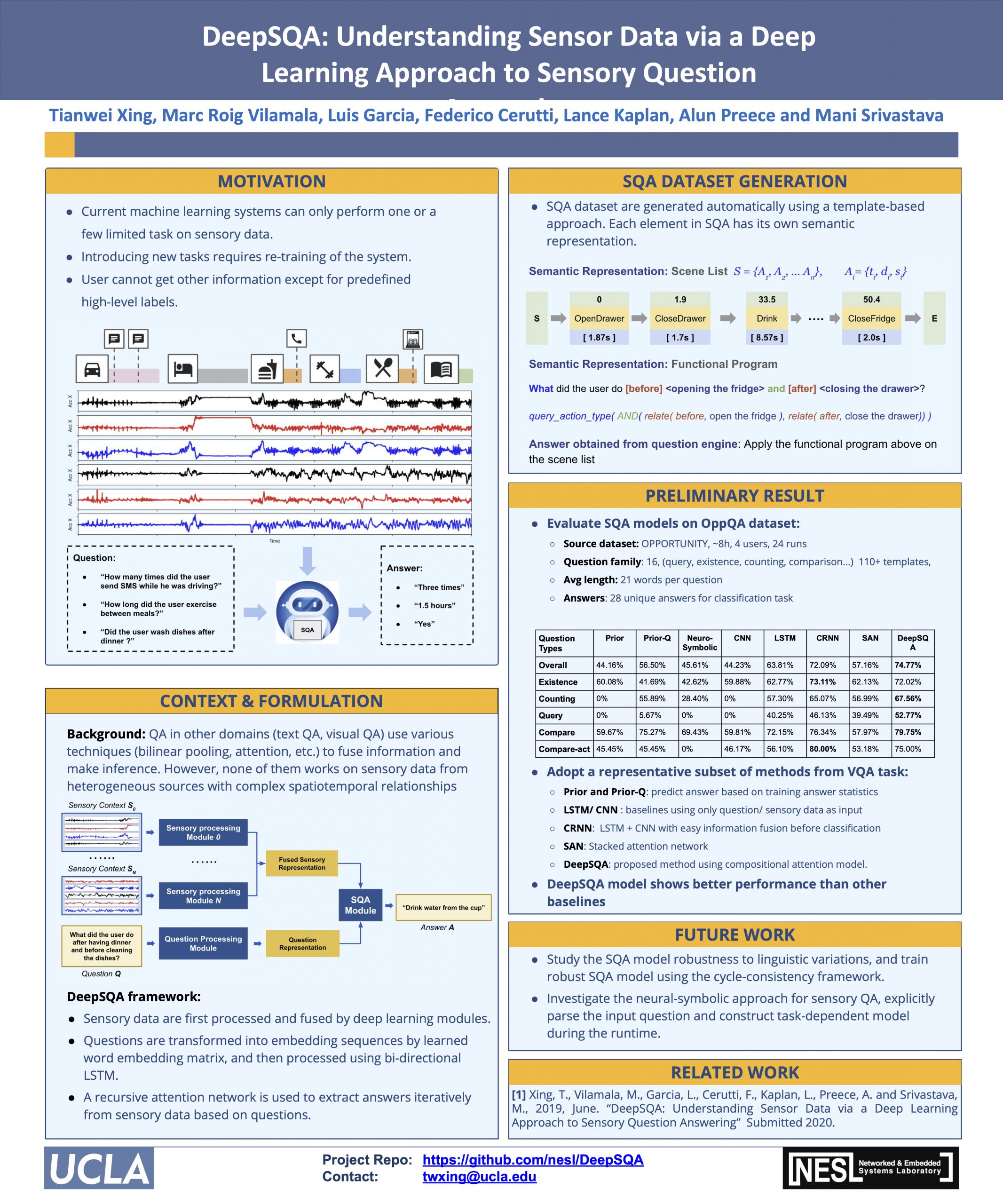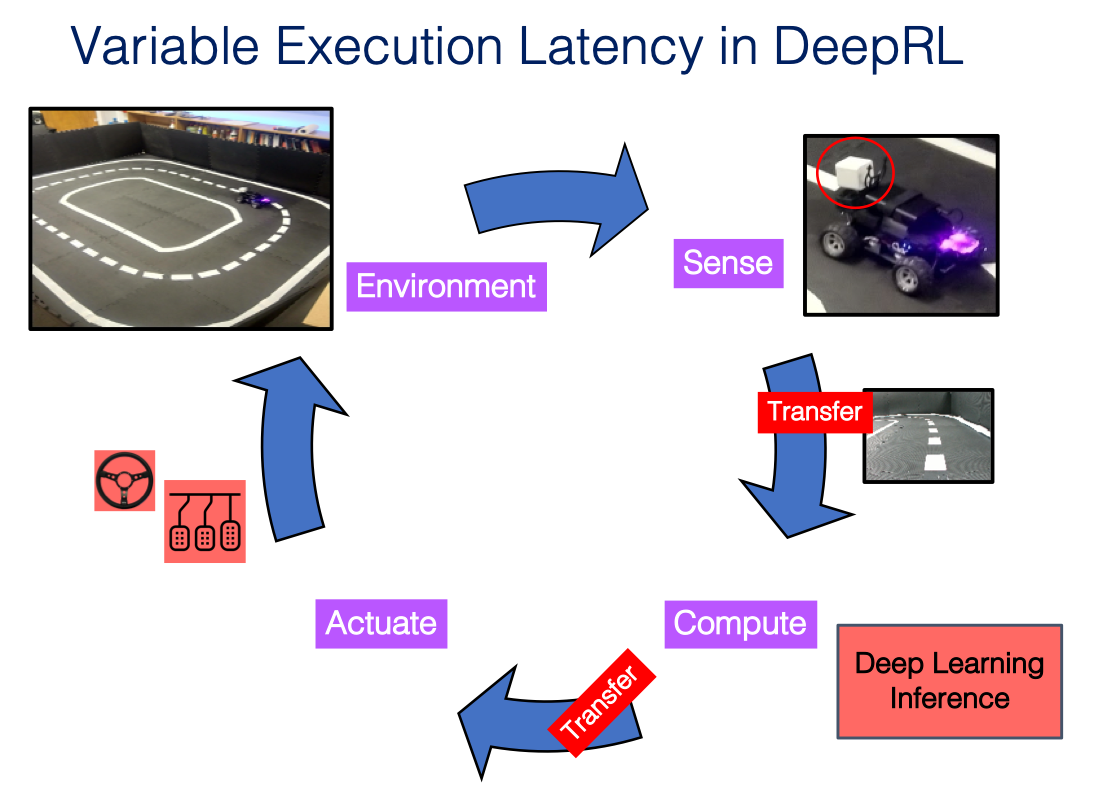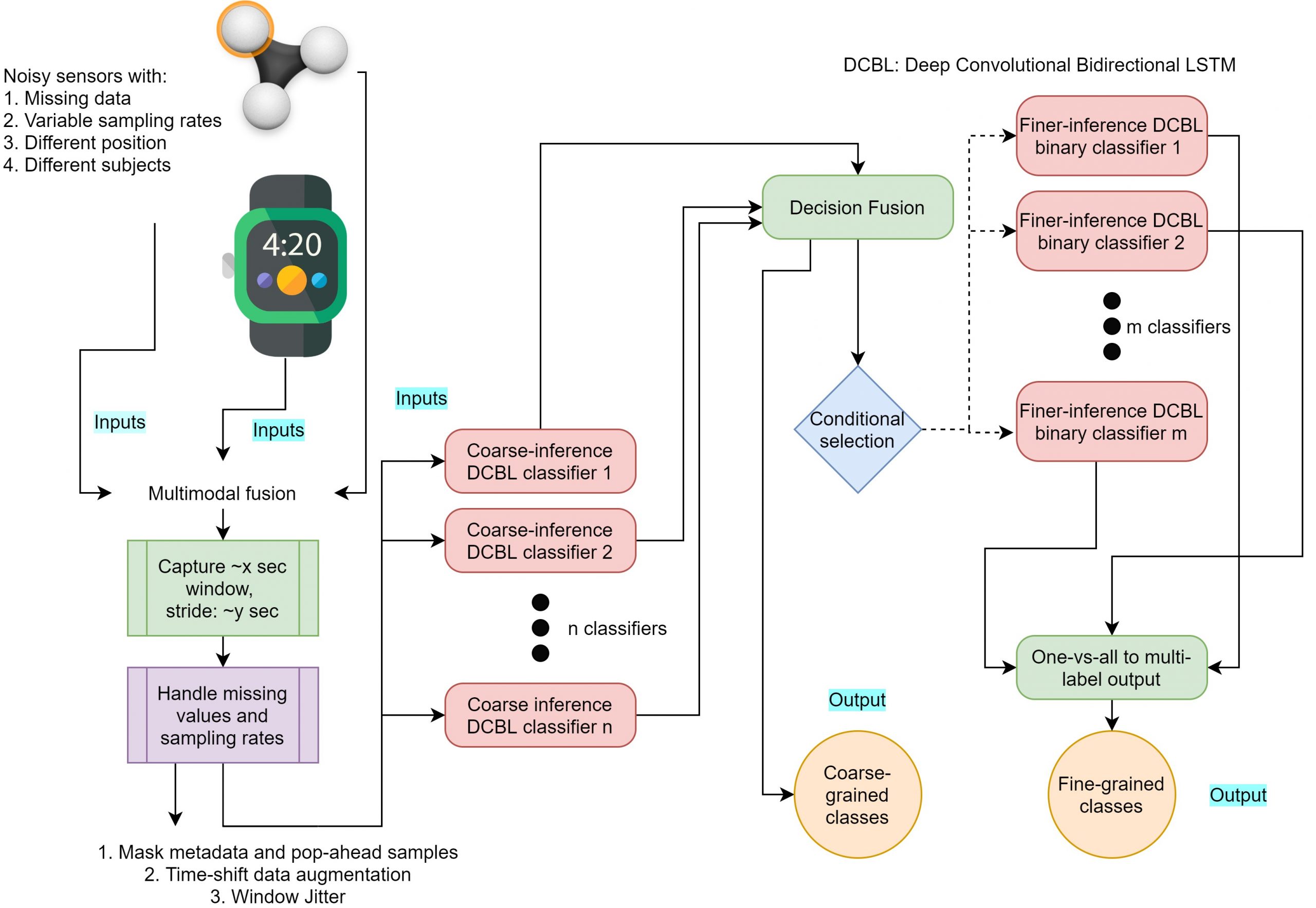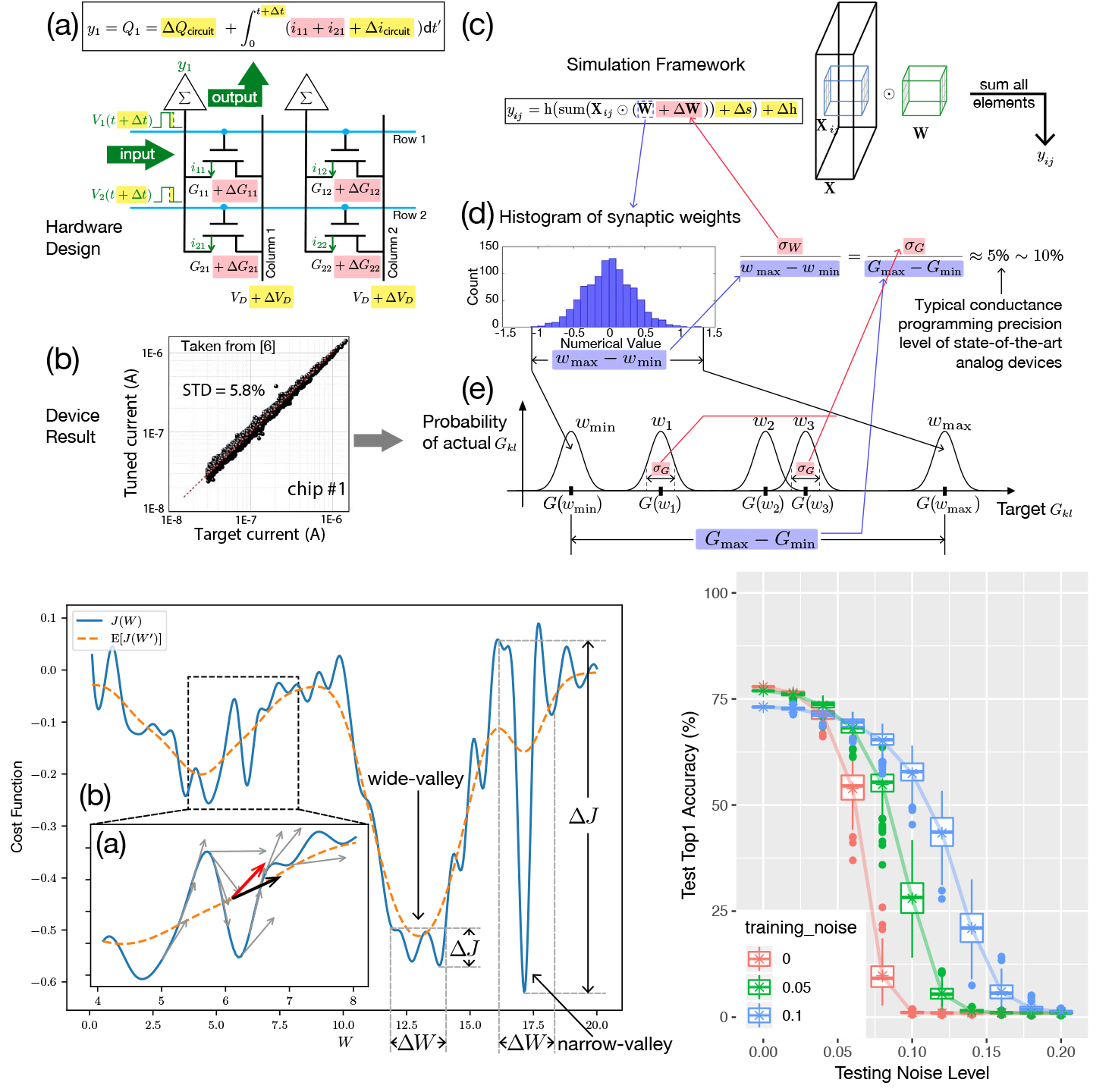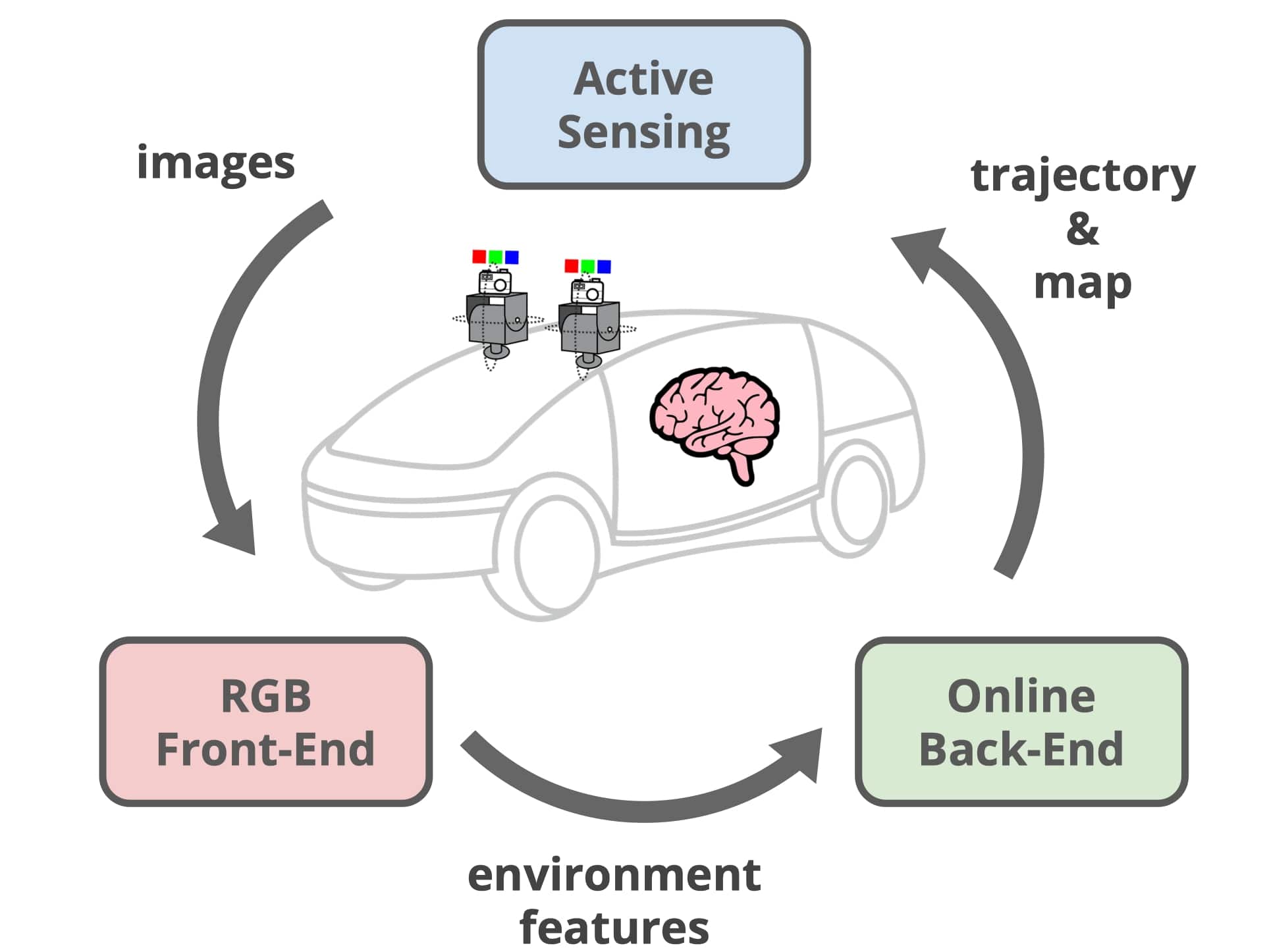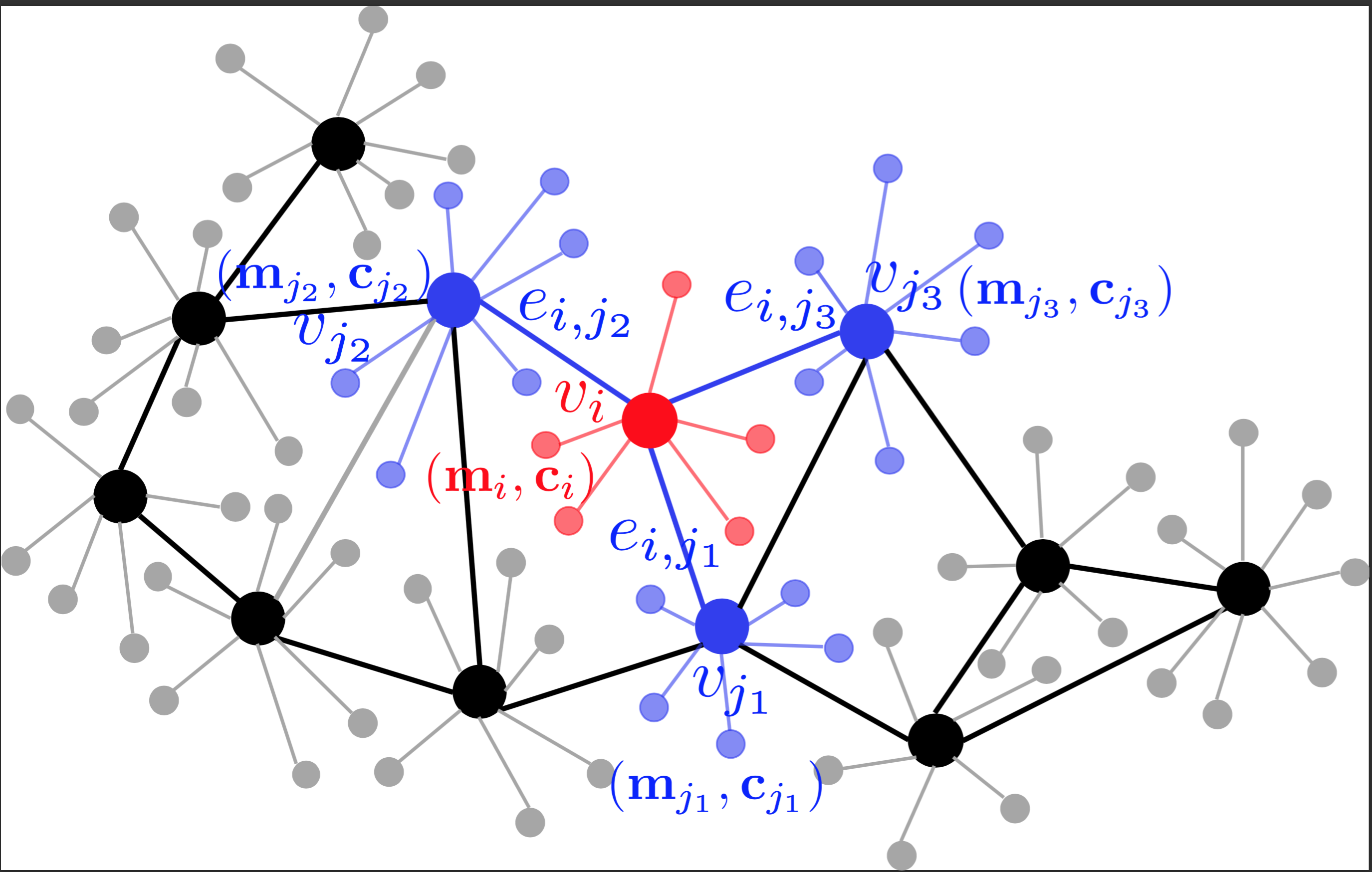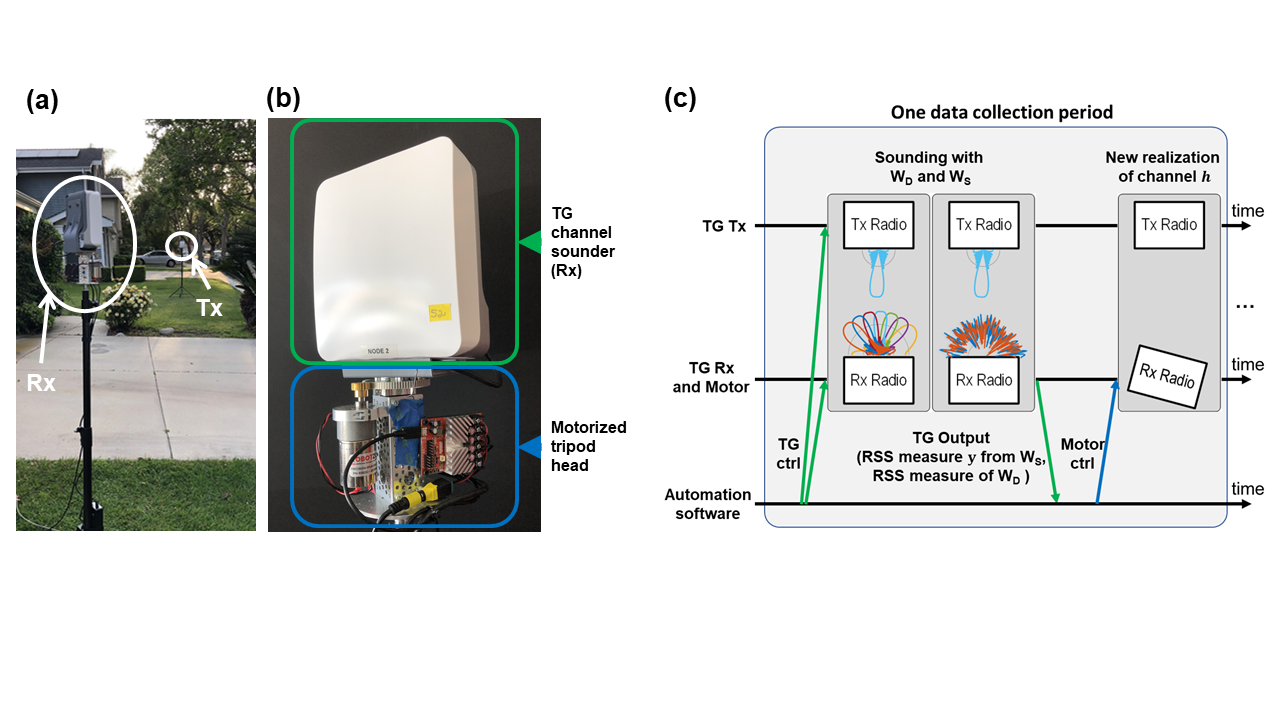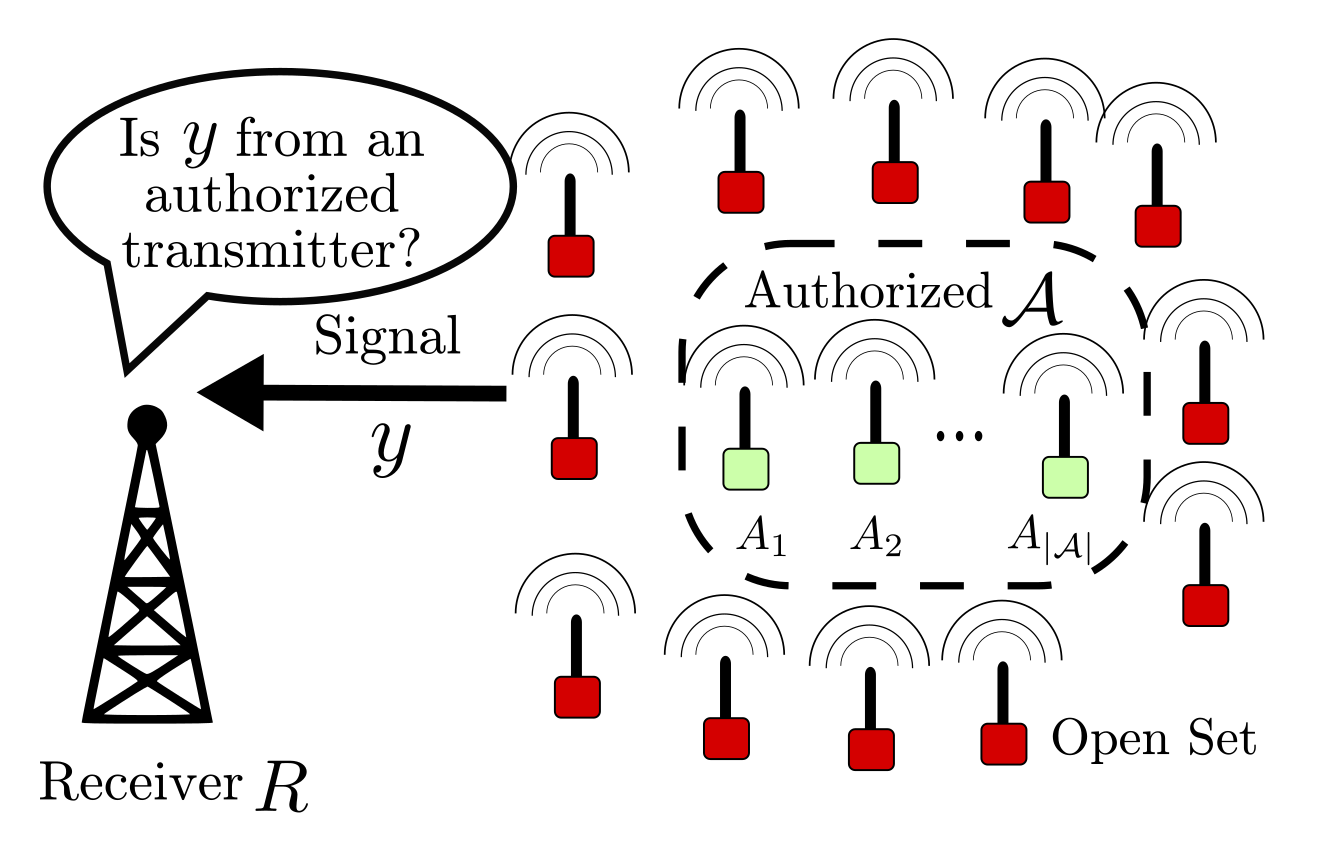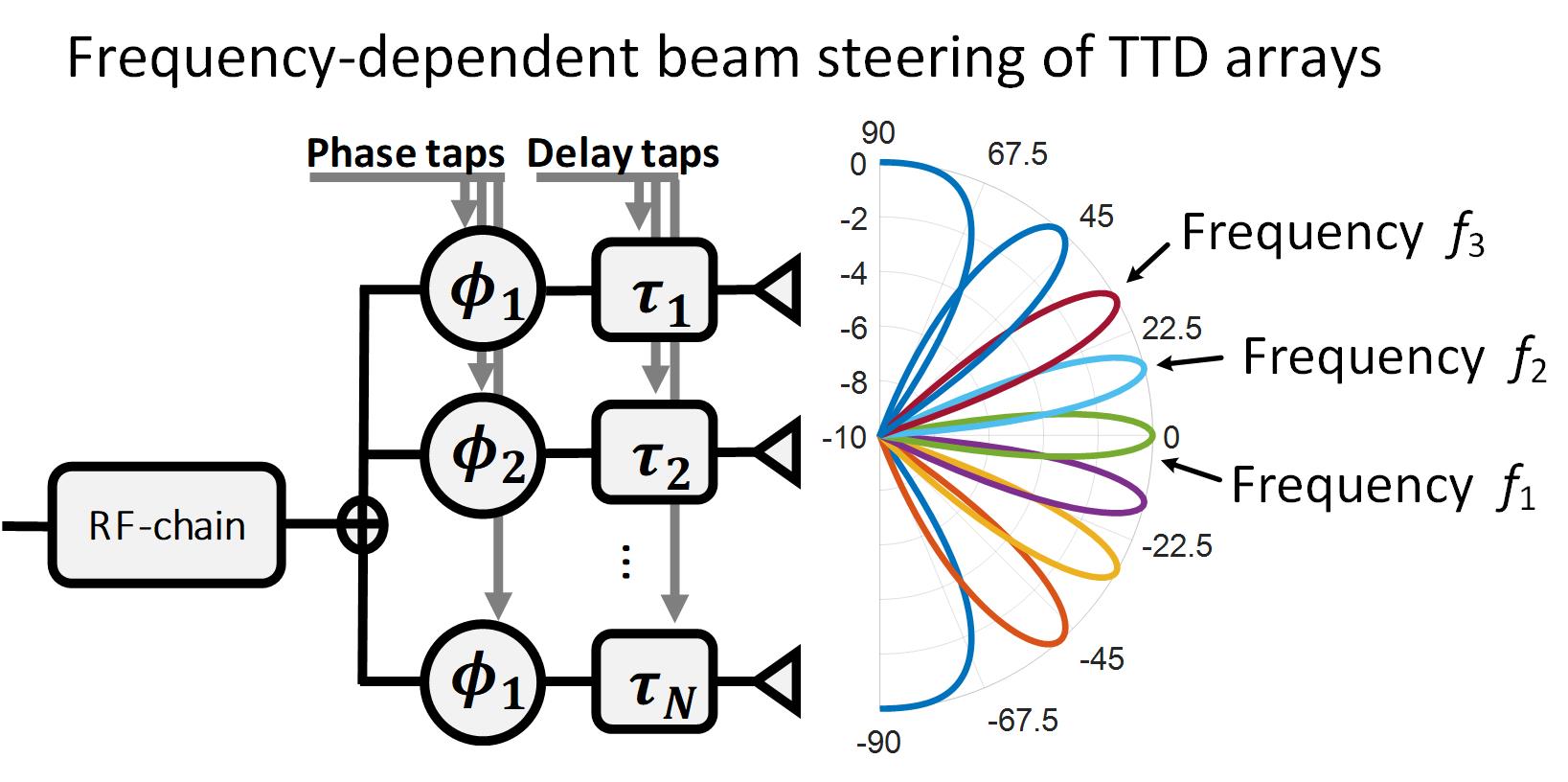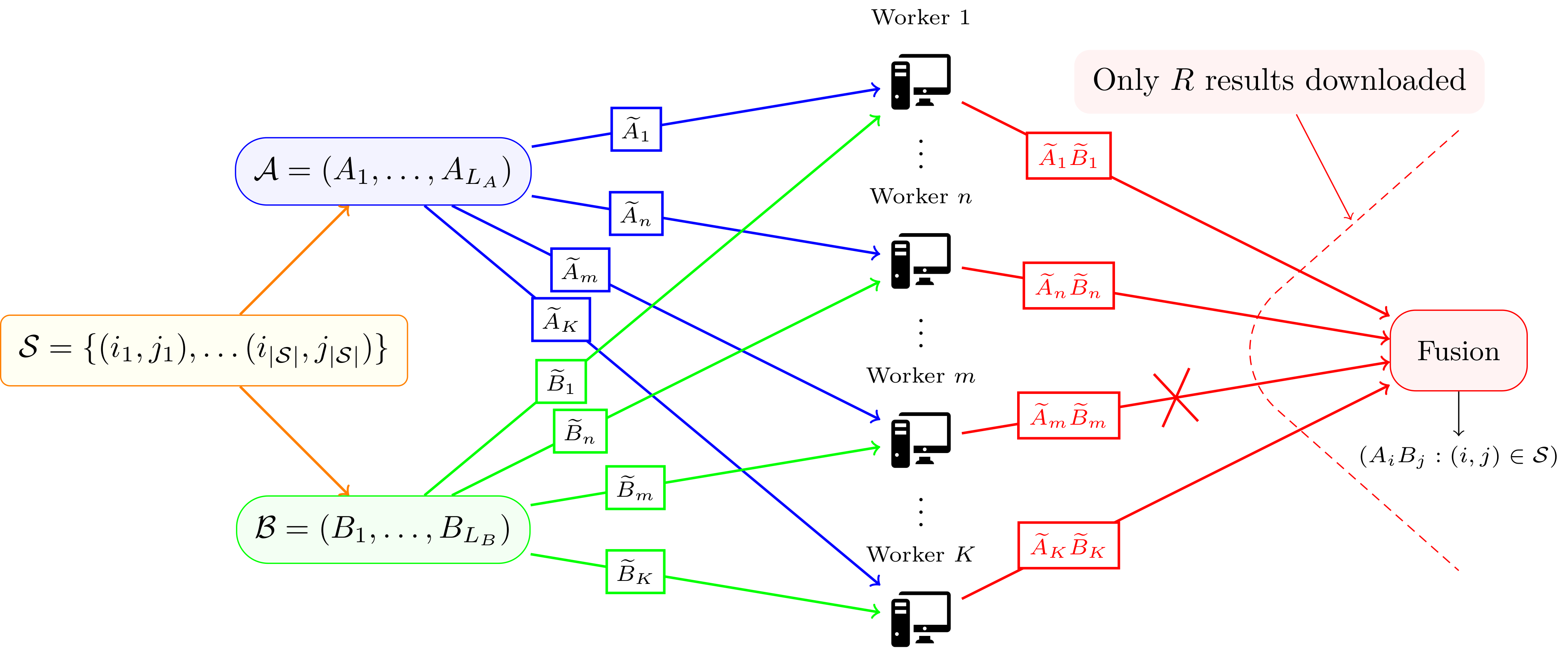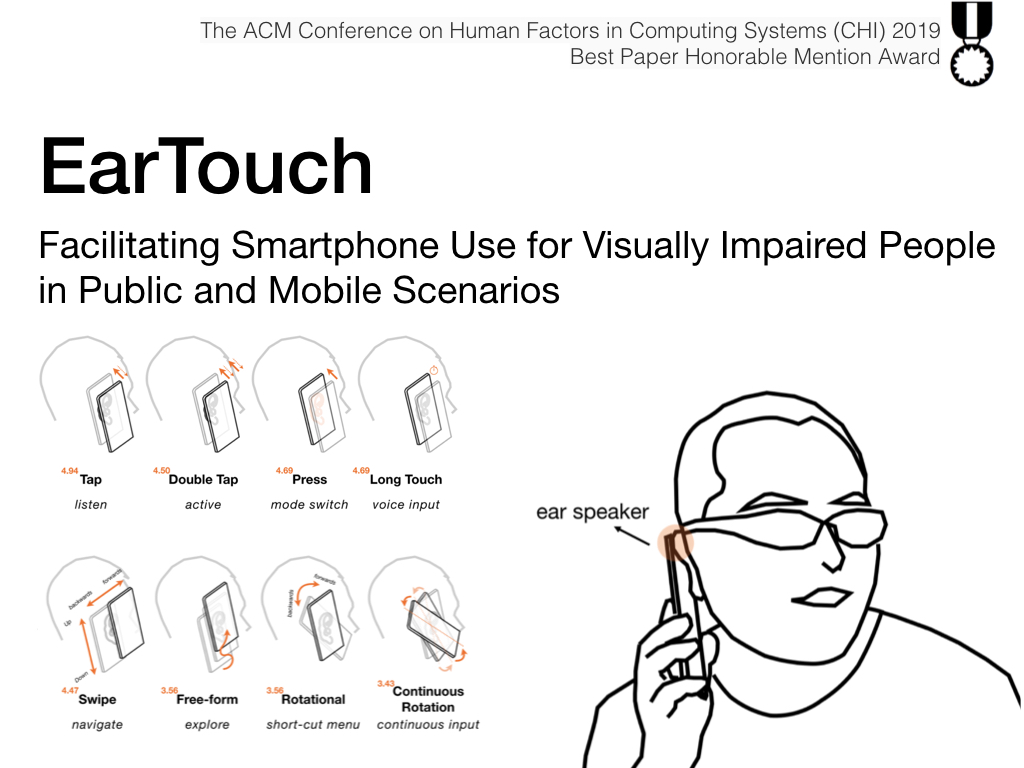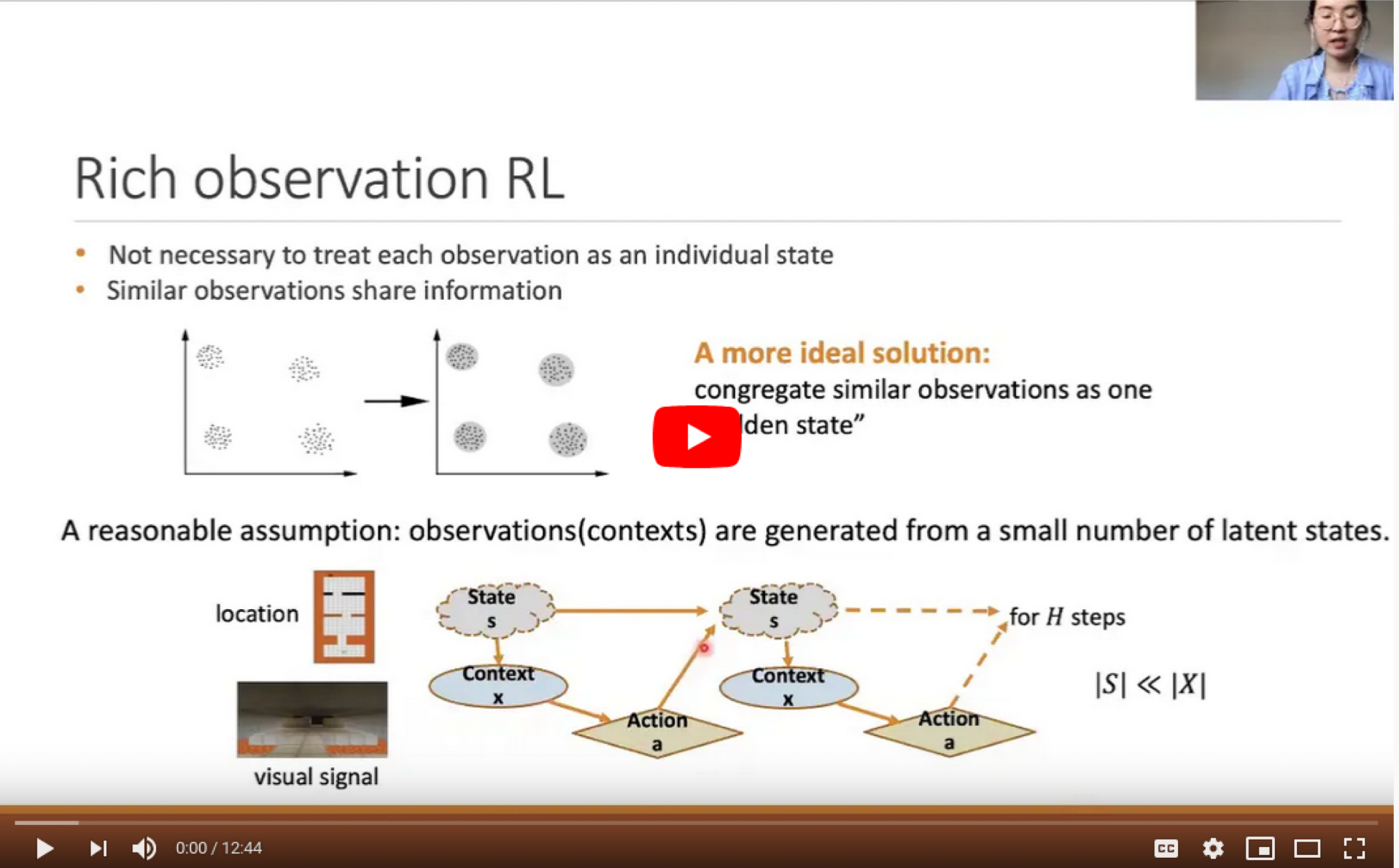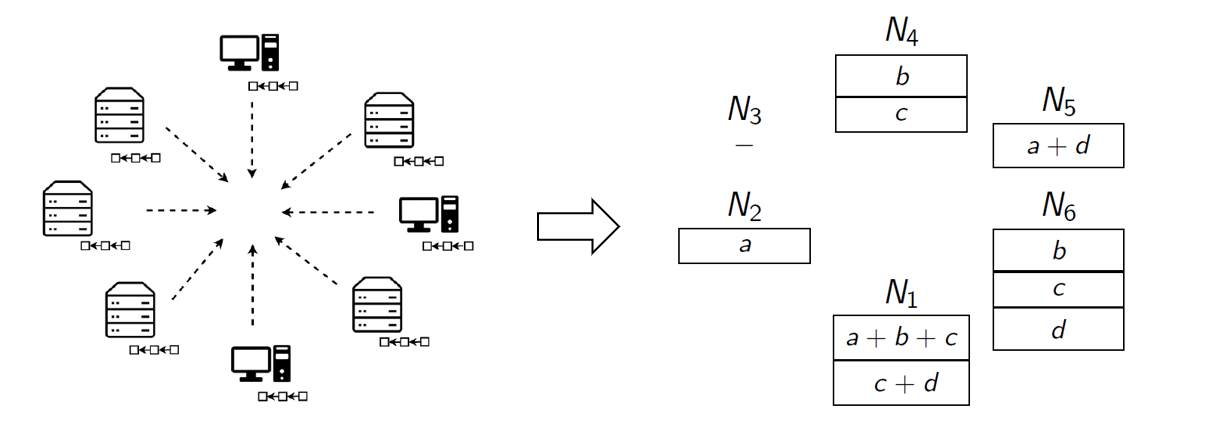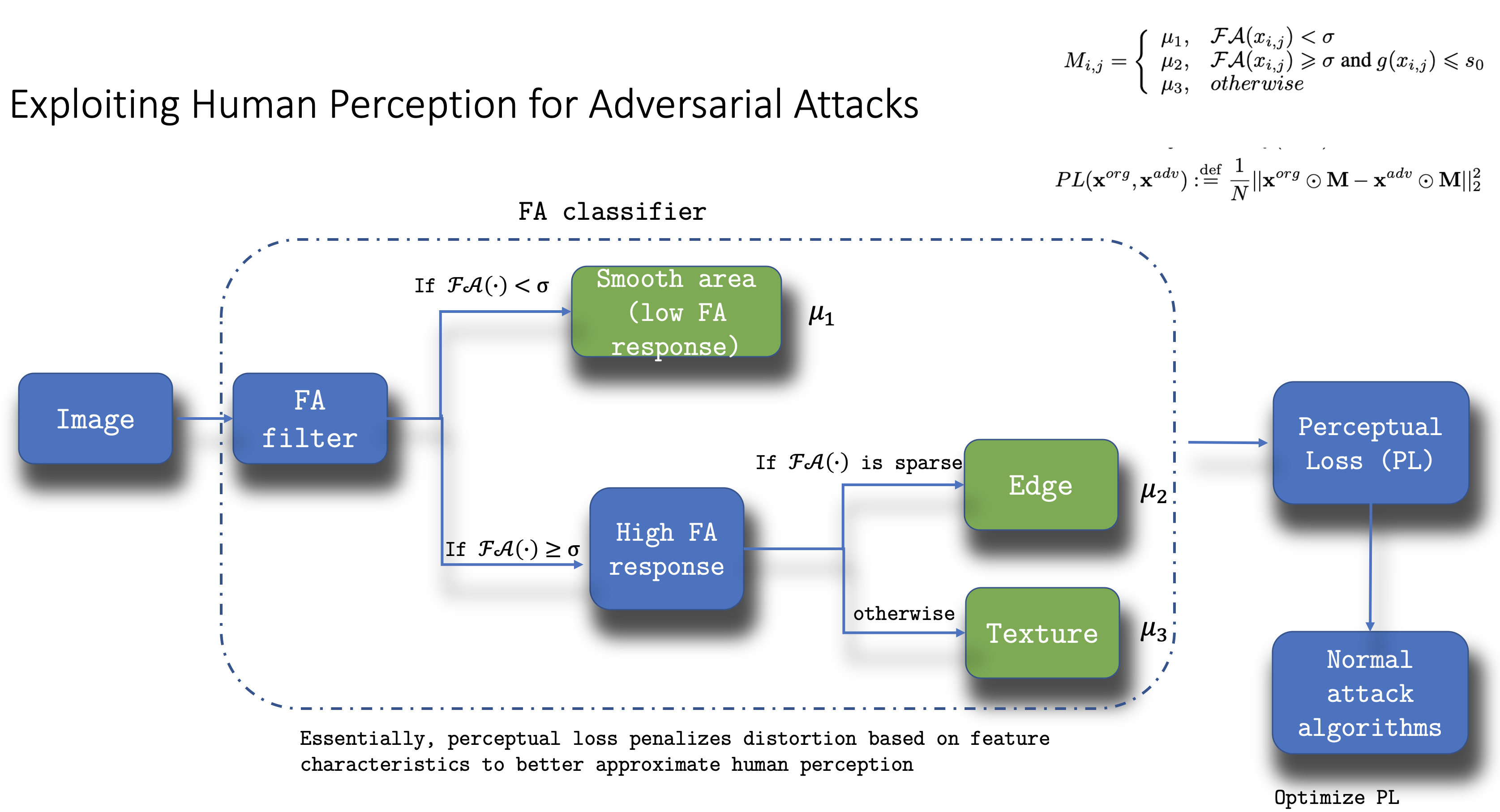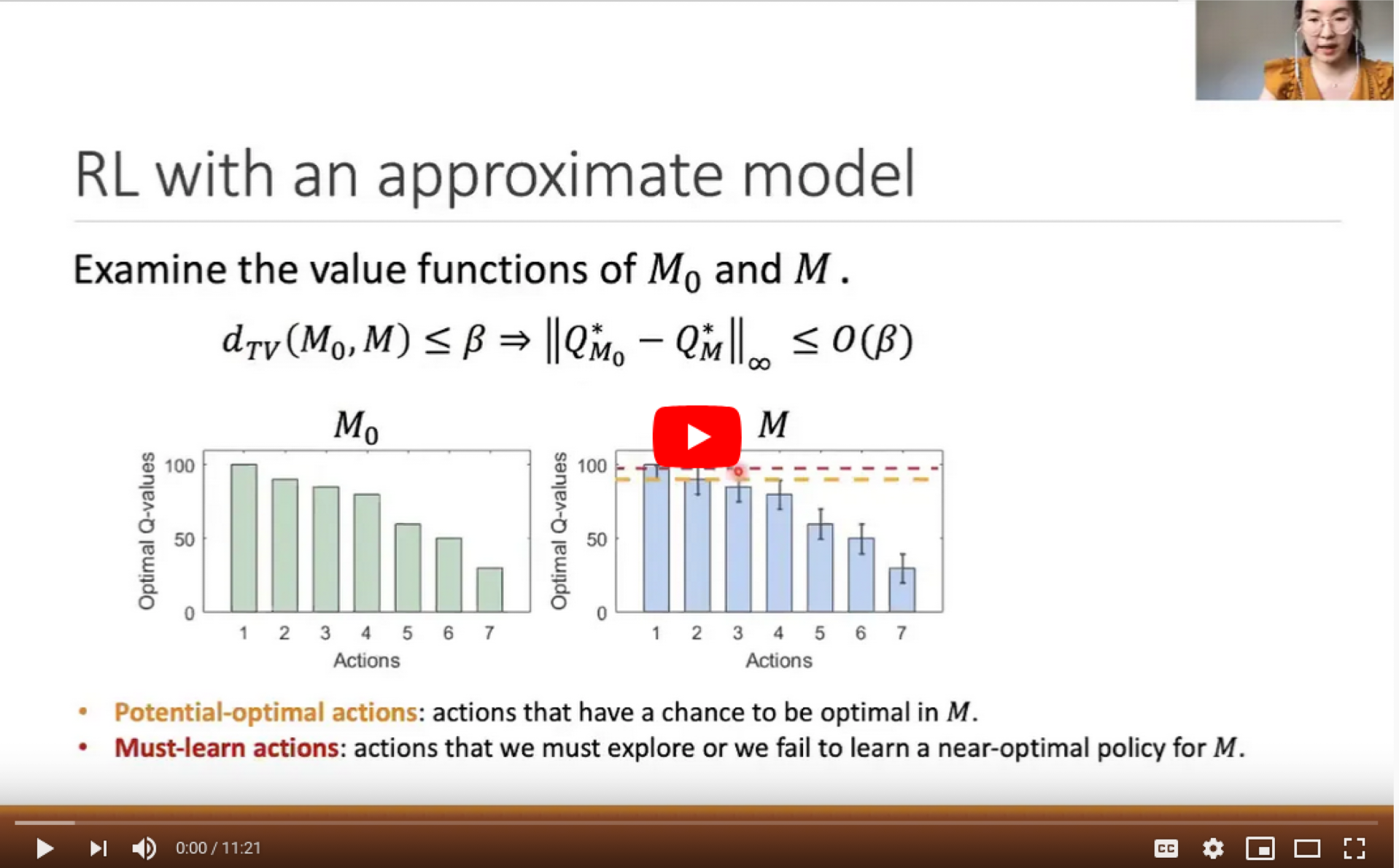Project
Author
Advisor
Presentation
Concentrated Stopping Set Design for Coded Merkle Tree: Improving Security Against Data Availability Attacks in Blockchain Systems
Summary
Light nodes in blockchain systems are vulnerable to data availability (DA) attacks by malicious nodes. Recently, a technique based on erasure codes called Coded Merkle Tree (CMT) was proposed by Yu et al. that enables light nodes to detect a DA attack. CMT method relies on the use of random LDPC codes. We build on the previous work and demonstrate that graph codes specifically designed for the target applications in blockchain systems perform better than randomly constructed codes. The publication of this work is here.
Lara Dolecek
Design of pulsed-coherent lidar
Summary
Lidars are becoming common components for remote sensing in many emerging applications such as autonomous vehicle and facial recognition. To accurately visualize the point cloud for further data processing, metrics such as precision, sampling rate, and linearity are important. This research focuses on improving the system performance in terms of the precision and the sampling rate tradeoff. We successfully deliver a lidar system with 6-μm precision with 5MSa/s sampling rate. The publication of this work is here.
Ken Yang
Provably Correct Optimization and Exploration with Non-linear Policies
Summary
This paper provides the first provably efficient and correct policy-based algorithm for reinforcement learning (RL) with general function approximation. It provides a nice step forward in bridging the theory and practice of RL.
Lin Yang
Safe Reinforcement Learning with Linear Function Approximation
Summary
Guaranteeing safety is of paramount importance in reinforcement learning and machine learning in general. The presented results demonstrate how to achieve safety efficiently and provably. The poster presentation of this work is here.
Lin Yang
Causal inference for educational systems
Summary
Instructors want to know what set of actions would best enhance individual student learning in a course. Traditional education evaluation methods deal instead with single actions and their effect on the whole group. We have shown how to use causal methods to answer the desired questions. The poster presentation of this work is here.
Gregory Pottie
Flexible Connectors and PCB Segmentation for Signaling and Power Delivery in Wafer-Scale Systems
Summary
FlexCon, a high-bandwidth flexible interconnect for signaling applications, including electrical simulations and experimental characterization is detailed in this presentation. Additionally, a compliant substrate for thermal stress mitigation in power delivery applications which we call Compliant Power Platform is outlined and described. For more information please visit us at chips.ucla.edu.
Randall Irwin
Subramanian Iyer
Deep learning-based spectral reconstruction on a chip using a scalable plasmonic encoder
Summary
We demonstrate a deep learning-based spectroscopy framework using a low-cost on-chip plasmonic encoder. When blindly tested on N=14,648 random spectra our system shows competitive performance, where the reconstruction of an unknown spectrum on average takes ~28μs. The publication of this work is here.
Artem Goncharov
Aydogan Ozcan
Ensemble learning of diffractive optical networks
Summary
We improve the inference performance of diffractive optical neural networks on image classification by utilizing ensemble learning. Through a novel pruning algorithm, we designed an ensemble of e.g., N=14 D2NNs that collectively achieve a blind testing accuracy of 61.14% on the classification of CIFAR-10 images, which provides an improvement of >16% compared to the average performance of the individual D2NNs within the ensemble. The publication of this work is here.
Md Sadman Sakib Rahman
Aydogan Ozcan
Label-free Analysis of Micro-algae Populations Using A High-throughput Holographic Imaging Flow Cytometer and Deep Learning
Summary
We use a high-throughput imaging flow cytometer to perform automated label-free phenotypic analysis of marine microalgae populations using image processing and deep learning. We extracted the spatial and spectral features of each algal cell in a sample from these holographic images and performed algae identification using deep learning. These features were analyzed to understand the interactions between different algae populations as well as the effects of toxin exposure. The publication of this work is here.
Aydogan Ozcan
A Flexible Power Module for Wearable Medical Devices with Wireless Recharging using Corrugated Flexible Coils
Summary
We use the Fan-Out Wafer-Level Packaging (FOWLP) method to fabricate a very thin and highly flexible wireless charging device for charging the energy storage device for biomedical wearable devices. The device is 500 um thick and can achieve a 5 mm bending radius. It provides about 4 mW output power while charging.
Guangqi Ouyang
Subramanian Iyer
Spectrally Encoded Machine Vision using Trainable Materials
Summary
An optical machine vision system that uses trained diffractive layers is introduced to encode the spatial information of objects into the power spectrum of the diffracted light, which is used to achieve optical classification of objects and task-specific image reconstruction with a single-pixel spectroscopic detector. The publication of this work is here.
Aydogan Ozcan
Holographic polarization microscopy using deep learning
Summary
We present a deep learning-enabled holographic polarization microscope that only requires one polarization state to image/quantify birefringent specimen. This framework reconstructs quantitative birefringence retardance and orientation images from the amplitude/phase information obtained using a lensless holographic microscope with a pair of polarizer and analyzer. This method has a simple optical design and presents a large field-of-view (>20-30mm2). The publication of this work is here.
Aydogan Ozcan
Volumetric fluorescence microscopy using convolutional recurrent neural networks
Summary
We introduce the first volumetric microscopy framework using convolution RNNs, termed as Recurrent-MZ, which is also the first application of RNNs in microscopic image reconstruction. We demonstrated the efficacy of Recurrent-MZ on C. Elegans samples, where it increased the depth-of-field (DOF) of a 63×/1.4NA objective lens by 50-fold, also providing a 30-fold reduction in the number of axial scans.
Aydogan Ozcan
CytoLive
Summary
The problem we are addressing is the high cost of drug development. Developed at the Jalali-Lab, CytoEye is a live cell tracking algorithm that will help to identify drug failures at an early stage. It has the best in class performance under low light level which minimizes the problem of cytotoxicity.
Bahram Jalali
Polynomial Chaos Expansion Surrogate Model in EM Statistical Study
Summary
As statistical study in electromagnetic design is becoming more and more critical, people find that the traditional way of Monte-Carlo method with full-wave simulations takes too much time. This work implements surrogate models as an alternative to full-wave simulations used in Monte-Carlo method, which reduces the required number of full-wave simulations and makes statistical analysis of electromagnetic design practical.
Botian Zhang
Yahya Rahmat-samii
Deep trench capacitors in silicon interconnect fabric
Summary
We propose a novel power delivery architecture with a targeted power delivery of about 40-60 kW to a 300 mm silicon wafer, enabling high-performance computing systems on Silicon Interconnect Fabric (Si-IF). In order for the PDN to reliably operate over the GHz frequency range, decoupling capacitors are implemented as deep trench capacitors (DTCAPs). Electrical analysis of the PDN with DTCAPs is performed, along with early fabrication results. For more information please visit us at chips.ucla.edu.
Kannan K Thankappan
Subramanian S Iyer
Linear-to-Circular Polarization Converter Based on Stacked Metasurfaces with Aperture Coupling Interlayer
Summary
This presentation is aimed at demonstration of forthcoming passive quasi-optical linear-to-circular elements at microwave and THz. This project suggests a new approach to control the polarization of the communication channel by means of metasurface.
Cheng Tao
Tatsuo Itoh
Demonstration of a Low Latency (<30 ps) Fine-pitch (≤10 µm) Assembly on the Silicon Interconnect Fabric
Summary
Silicon Interconnect fabric (Si-IF) is a copper (Cu) interconnect technology which allows die to wafer bonding at very fine Cu-pillar pitches (≤ 10µm). In this presentation we have discussed active die bonding to the Si-IF using direct Cu-Cu thermo-compression bonding technique. The active dies contain macros to characterize inter-die communication on Si-IF. The results from inter-die communication are presented. For more information please visit us at chips.ucla.edu.
Subramanian S Iyer
Link Budget Analysis of a Vehicle-to-Infrastructure System with a Switchable Circular Monopole Array
Summary
This work examines use of a fixed-beam linear array for a roadside unit base station and a switched-beam circular array for a vehicular onboard unit in a vehicle-to-infrastructure communication system. The link budget analysis based on Friis transmission equation demonstrates that the range of communication is significantly improved by using a switched-beam circular array as an alternative to omnidirectional antennas.
Dustin Brown
Yahya Rahmat-samii
Flat Meta-Lens Antenna Synthesis Via Geometrical Optics and Particle Swarm Optimization
Summary
A numerical synthesis algorithm for the design of flat meta-lens antennas is presented. The algorithm is based on a linkage between Geometrical Optics (GO) and Particle Swarm Optimization (PSO). Full-wave simulation results of an on-axis fed flat meta-lens are presented and demonstrate the effectiveness of the proposed algorithm.
Anastasios Papathanasopoulos
Yahya Rahmat-samii
A Heterogeneously Integrated, High Resolution and Flexible Inorganic microLED Display using Fan-Out Wafer-Level Packaging
Summary
In my research a novel mass transfer technique using adhesive bonding is used to transfer and assemble GaN microLEDs grown on c-plane sapphire substrates onto different target substrates. Particular focus is given to the assembly of GaN microLED arrays on PDMS substrates to make highly flexible, conformable, skin like displays. Such displays can serve a multitude of applications ranging from medical to commercial sectors. For more information please visit us at chips.ucla.edu.
Subramanian S Iyer
FlexTrateTM: A Heterogeneously Integrated Platform for Next Generation High Performance Flexible Systems
Summary
We are making a fully flexible wearable Electromyography (EMG) device that can read the muscle activation signals. This device will communicate the signals wirelessly and can read from 12 locations, whereas current flexible EMG systems can read up to 2 locations. Such a device can be used to study many muscular physiological phenomena and disorders. For more information please visit us at chips.ucla.edu.
Subramanian S Iyer
Atomic Layer Deposited Al2O3 Encapsulation for the Silicon Interconnect Fabric
Summary
In this presentation, we looked at the use of ALD Al2O3 as a passivation for silicon interconnected fabric and show the effectiveness of this thin film in protecting Cu from oxidation. For more information please visit us at chips.ucla.edu.
Niloofar Shakoorzadeh
Subramanian S Iyer
Nanowire Impregnated Poly-dimethyl Siloxane for Flexible, Thermally Conductive Fan-Out Wafer-Level Packaging
Summary
Here, we have investigated the thermal conductivity enhancement of poly-dimethyl siloxane (PDMS) via a copper nanowire microwave welding process for improved thermal management in flexible electronic packaging applications and use as a thermal interface material. Further, we evaluated the thermal stability of PDMS at solder reflow temperatures. For more information please visit us at chips.ucla.edu.
Randall Irwin
Subramanian S Iyer
Terahertz Channel Characterization using a Silicon-based Picosecond Pulse Source
Summary
In this work, a long-path Terahertz communication channel is characterized using a custom-designed silicon-based THz pulse radiator chip. The measurement results demonstrate channel path loss, atmospheric absorption, and low-loss frequency windows suitable for wireless links.
Aydin Babakhani
An Automated and Cost-Effective System for Early Antimicrobial Susceptibility Testing
Summary
Antimicrobial resistance (AMR) is estimated to cause up to 10 million deaths annually by the year 2050, with the largest toll in the developing world. We have developed a deep learning-based system for accelerated, cost-effective antimicrobial susceptibility testing (AST). When tested on Staphylococcus aureus from UCLA Health patients, bacterial growth was detected after an average of 5.72 hours, as opposed to 18–24 hours required by the gold standard method, demonstrating the potential to save precious time when treating resistant infections. The poster presentation of this work is here.
Calvin Brown
Aydogan Ozcan
Deep learning-based virtual staining of unlabeled tissue samples
Summary
We discuss a deep learning-based method which we have developed to help pathologists diagnose diseases such as cancer by eliminating the need for staining of biopsy tissue sections. Using this “virtually staining” technique upon tissue that has not been labelled by any chemicals, these diagnoses are made faster and more affordable. The poster presentation of this work is here.
Aydogan Ozcan
Pathological Crystal Imaging Using Computational Polarized Light Microscopy
Summary
We introduced a single-shot computational polarized-light microscopy (SCPLM) method, which is able to reconstruct the transmittance, retardance, and slow-axis orientation maps of pathological crystals with a single image exposure. We demonstrated this method by imaging and reconstructing the birefringence of crystals in synovial fluid, e.g., MSU and CPPD crystals.
Aydogan Ozcan
Intelligent Material Classification with a Silicon-Based Millimeter-Wave Frequency Comb Receiver
Summary
In this work, we present a miniaturized sensor for material detection using their broadband millimeter-wave spectral information. This sensor could classify and predict the type and the thickness of different polymer materials with high accuracy. We hope that this work can lead to more interdisciplinary research, where low-cost integrated circuits are assisted by machine learning techniques for high-performance sensing applications. The poster presentation of this work is here.
Aydin Babakhani
Deep-learning enables cross-modality super-resolution in fluorescence microscopy
Summary
We demonstrate deep learning-enabled cross-modality image super-resolution for microscopy. A pre-trained network model can improve the image resolution, depth of field, and signal-to-noise ratio using a single image as the input . This deep learning-enabled approach has the potential to democratize access to various high-resolution imaging modalities that are normally restricted to well-resourced labs. The poster presentation of this work is here.
Aydogan Ozcan
Polarization-Diverse Metasurfaces for High-Dimensional Spatial-Mode Entanglement Generation
Summary
This examines metasurface for high-dimensional quantum spatial modes for quantum information processing and communications. Through control of the amplitude and phase, we can tune the spatial modes to reach high-dimensional, enabling potentially entanglement of multiple spatial modes.
Hyunpil Boo
Chee Wei Wong
Development of Novel K-band Beam Steerable Reflectarray for CubeSat Internet of Space
Summary
CubeSat Internet of space envisions establishing a constellation of CubeSats in low earth orbit to provide seamless global network access. This vision has triggered an increasing demand for steerable antennas that are compatible with CubeSat platform. This work elaborates on the conceptualization and development of a novel beam steerable reflectarray antenna that can potentially enable IoS with CubeSats.
Yahya Rahmat-samii
Robiot: A Design Tool for Actuating Everyday Objects with Automatically Generated 3D Printable Mechanisms
Summary
What we present is an end-to-end pipeline that requires very minimal user input to automatically generate 3D printable parts that could transfer an legacy static object (e.g. a desk lamp) into motorized and actuable objects which could potentially contribute to enrich the Internet-of-Things ecosystem.
Jiahao Li
Xiang Chen
Charge-Trap Transistor (CTT) as an “Analog Synapse” for Multi-Layer Inference
Summary
CTT-based Analog In-memory Compute (iMC) Engine that accelerates Multiply-and-Accumulate (MAC) computation, providing high-throughput and low-energy Deep Learning computation with nonvolatile & stable network weights. For more information please visit us at chips.ucla.edu.
Subramanian S Iyer
Post Fabrication Non-volatile Tuning of Integrated Circuits with CTT
Summary
Process variation negatively impacts the performance and yield of analog and digital circuits in advanced nodes. To alleviate this effect, we propose a technique to electrically adjust the threshold voltage of CMOS transistors in a post-fabrication setting in a non-volatile manner. This technique, which relies on self-heating assisted trapping of charge in high-k gate dielectric (e.g. HfOx) used in advanced CMOS nodes, does not require any extra fabrication step. In this presentation, we show how charge trapping/detrapping can be utilized to tune the frequency of an oscillator in a non-volatile fashion. For more information please visit us at chips.ucla.edu.
Sepideh Nouri
Subramanian S Iyer
Enabling Privacy Policies for mHealth Studies
Summary
Our smartphones, smartwatches, and other devices capture rich sensor data about us, and sharing this data raises privacy concerns for its usage. In this work, we address the current lack of privacy control over sensor data by creating a language for expressing rules on how the data should be used, and software for checking compliance with those rules. The poster presentation of this work is here.
Brian Wang
Mani Srivastava
A Study on Explanation-by-Examples for Deep Neural Networks
Summary
As deep neural networks have brought unimaginable performance improvements, the general public remains largely ignorant of what makes these approaches so powerful; to them, it’s equivalent to magic. While numerous explanation methods have been proposed, Explanation by examples has emerged as the most preferred method for an average end-user. Thus, our study empowers the community with the desirable properties of this explanation method. The poster presentation of this work is here.
Mani Srivastava
Low-Noise, High-Linearity, SAW/BAW-less Receivers and ADCs Using LPTV Circuits
Summary
This research developed an integrated radio front-end that can simultaneously receive multiple channels using sharp, programmable, linear filters based on unconventional time-varying circuit principles. It enables carrier aggregation for higher data rates, avoids bulky off-chip filters for higher integration and lower costs, and is an important step towards realizing truly software defined radios that seamlessly support a variety of wireless communications.” The poster presentation of this work is here.
Shi Bu
Sudhakar Pamarti
An Adaptive Datastore for IoT-Edge Networks
Summary
Distributed datastore solutions are an essential component of modern applications spanning IoT-edge networks. Existing systems suffer from inefficient data locality due to the current approaches used to shard data (i.e. randomized partitioning). This work introduces a key-value store that transparently learns and optimizes data placement in real-time by monitoring network state and tracking client access patterns.
Joseph Noor
Mani Srivastava
ACOUSTIC: Accelerating Convolutional Neural Networks through Or-Unipolar Skipped Stochastic Computing
Summary
Stochastic computing has been used for machine learning acceleration due to its compact arithmetic, but it hasn’t lived up to its full potential. We present ACOUSTIC: Accelerating Convolutions through Or-Unipolar Skipped sTochastIc Computing, an accelerator framework that enables fully stochastic, high-density CNN inference. ACOUSTIC offers as much as 38.7x higher energy-efficiency and 72.5x higher throughput compared to conventional fixed-point accelerators.
Tianmu Li
Puneet Gupta
Compression with Multi-ECC (CME): Enhanced Error Resiliency for Magnetic Memories
Summary
Several emerging non-volatile memory(NVM) technologies are being considered as replacements for DRAM-based main memories in today’s computing systems. However, they require stronger error-correcting-codes(ECC) for reliability. Our technique, Compression with Multi-ECC(CME), opportunistically provides enhanced error-resiliency for magnetic memories and offers up-to 240x reduction in failure probability while incurring negligible overheads as compared to conventional ECC schemes used in today’s main memories.
Puneet Gupta
Schottky-Diode-Based Wake-Up Receiver for IoT Applications
Summary
We present an always-on ultra-low-power (ULP) wake-up receiver (WuRx) with a two-phase architecture resulting in a 12% reduction in the average power consumption compared to conventional single-phase architectures. The proposed system operates at 750MHz and achieves a low wake-up latency of 200µs, a -50dBm sensitivity at a data rate of 200 kbps, and achieves a FOM~8.5pJ/bit.
Mahmoud Elhebeary
Ken Yang
UWHear: Through-wall Extraction and Separation of Audio Vibrations Using Wireless Signals
Summary
UWHear system can sense and separate multiple audios from their source vibrations using IR-UWB radar. The system isolates the target sounds from a noisy background with lots of sound activities. It produces a multiple-track audio where each track stands for one target and can be used for sound event detection and classification to make rich inferences about the environment or human activities. The poster presentation of this work is here.
Mani Srivastava
I Always Feel Like Somebody’s Sensing Me! A Framework to Detect, Identify, and Localize Clandestine Wireless Sensors
Summary
The proliferation of low-cost wireless sensors in smart home settings has led to severe privacy concerns for users in environments that they cannot control. In this project, we present a technique that can help users find out and localize wireless devices in a space that are spying on them. Techniques such as the one in this project are important to allow users to take control of their privacy in the physical world.
Mani Srivastava
Neuroplex: Learning to Detect Complex Events Through Knowledge Injection
Summary
Neural networks struggle with reasoning about serial, aperiodic events separated by large quantities in the spatial-temporal dimensions. In this work, we propose Neuroplex, a neural-symbolic framework that learns to perform complex reasoning on raw sensory data with injected human knowledge. Neuroplex handles the data scarcity problem and also speeds up the training process significantly. The poster presentation of this work is here.
Mani Srivastava
DeepSQA: Understanding Sensor Data via a Deep Learning Approach to Sensory Question Answering
Summary
Vast volumes of sensory data are generated with the explosion of IoT devices. Because of the opaque nature, humans use DL models to make inferences on sensory data. In this work, we propose a DeepSQA framework that enables users to understand sensory data in the form of question-answering, which promotes both inferencing flexibility and training efficiency. The poster presentation of this work is here.
Mani Srivastava
Mango: A Python Library for Parallel Hyperparameter Tuning
Summary
Scaling the hyperparameter tuning to 1000’s of classifiers presents unique challenges of proper abstractions, state-of-the-art algorithm implementations, support for distributed computing frameworks, and fault tolerance. To address these challenges, we offer Mango, an open-source Python library that implements intelligent parallel search strategies. Mango is currently used in production at Arm Research. The poster presentation of this work is here.
Mani Srivastava
TS-RL: Coping with Variations in Execution Latency via State Augmentation
Summary
Deep Reinforcement Learning (RL) has shown promising results for many applications, such as navigation, manipulation, and locomotion. We highlight that deep RL policies on real robots suffer significant performance degradation due to the variations in execution latency at runtime. The introduced Time-in-State RL approach train policies that maintain superior performance by sensing and adapting to the execution latency. The poster presentation of this work is here.
Mani Srivastava
Robust Deep Learning Pipeline in the Presence of Runtime Sensing Uncertainties
Summary
The performance of learning-enabled systems is degraded through missing data, misaligned data and data with variable sampling rates and timestamping errors. We propose an uncertainty-aware deep-learning pipeline robust to sensing and timing uncertainties, applying controlled time-shift data augmentation, window jitter, mask metadata channel and popping-ahead contained samples to fast temporal streams, handling ~600 mS timing-error and providing 11-24% improvement for complex multimodal fusion over existing methods. The poster presentation of this work is here.
Mani Srivastava
Enhancing the Resiliency of Deep Neural Networks Against Analog Uncertainty
Summary
Analog in-memory computing is a fast-emerging technology that promises revolutionary improvement in speed and energy efficiency of Deep Learning (DL) and thereby enabling transformational novel applications of AI. Analog uncertainties, however, can cause catastrophic degradations, especially when scaled. We develop novel DL algorithms and accompanying hardware simulation platforms to show that scalable fully-analog AI platforms can indeed be a reality. The poster presentation of this work is here.
Tianyi Wang
Vwani Roychowdhury
Autonomous Driving via Active Stereoscopic Vision and Online Expectation-Maximization
Summary
Due to the requisite sensing and computational hardware needs for autonomous driving, there currently exists a high barrier to entry for consumers as well as developers into the field. This work proposes controllable stereoscopic RGB cameras with a novel online expectation-maximization (EM) SLAM algorithm to allow ordinary vehicles performative, low-cost autonomy under minimized hardware constraints. By reducing the complexities in both the front-end and back-end components of a traditional simultaneous localization and mapping (SLAM) system, we can significantly increase the accessibility of autonomous driving. The poster presentation of this work is here.
Ankur M Mehta
Topology-Aware Cooperative Data Protection in Blockchain-Based Decentralized Storage Networks
Summary
Impact statement: In this work we present a new methodology for ensuring data protection in decentralized data storage systems. This methodology is based on our novel discovery of erasure correcting codes that ensures protection in a topology-aware and cooperative way. Our result can be particularly well suited for new blockchain architectures.
Lara Dolecek
Variability-Aware Read and Write Channel Modelsfor 1S1R Crossbar Resistive Memory with HighWordline/Bitline Resistance
Summary
Impact statement: Crossbar memories are a promising new technology that scales well into the low nm regime. In this work, we derive novel read and write channel models. These mathematical models capture the key idiosyncrasies of this technology and as a result will be valuable in further study of relevant data protection and noise mitigation techniques.
Zehui Chen
Lara Dolecek
Neural Network Assisted Millimeter Wave Beamtraining: Experimental Results at 60 GHz
Summary
The first work to show experimentally machine learning based compressive beam training for millimeter wave cellular with 90% improvement in latency compared to the standard approach.
Benjamin Domae
Danijela Cabric
Deep Learning Approaches for Open Set Wireless Transmitter Authorization
Summary
This work demonstrates the RF fingerprinting method for authentication of wireless transmitters using open set classification with several neural networks architectures and demonstrate accuracy using real WiFi datasets captured by Orbit testbed.
Danijela Cabric
Design of millimeter-wave single-shot beam training for true-time-delay array
Summary
The work proposes a novel antenna array architecture for millimeter wave transceivers that enables wideband frequency flat and frequency dispersive beamforming to realize high beamforming gain in broadband communications and ultra low latency beam training that uses only one training symbol (one-shot method).
Veljko Boljanovic
Danijela Cabric
Coding Solutions for Distributed Computations
Summary
In this work, we present a new method for overcoming stragglers in distributed computing through the use of novel mathematical techniques that provide well-designed redundancy in the system.
Lara Dolecek
EarTouch: Facilitating Smartphone Use for Visually Impaired People in Public and Mobile Scenarios
Summary
EarTouch is a novel interaction technique that facilitates smartphone use for BVI people in mobile and public scenarios, which not only improves one-handed use, but also provides an alternative to protect privacy and avoid social awkwardness. In a broader sense, EarTouch brings us an important step closer to accessible smartphones for all users of all abilities.
Xiang Chen
Provably Efficient Exploration for RL with Unsupervised Learning
Summary
This work introduces a novel and provably efficient method for reinforcement learning based on unsupervised learning. It is published as a spotlight presentation in NeurIPS (2020). The poster presentation of this work is here.
Lin Yang
Patterned Erasure Correcting Codes for Improved Storage and Communication Efficiency in Blockchain Systems
Summary
In this work, we demonstrate a new mathematical technique for improving the efficiency of block-chain systems. Our technique is based on distributing parts of the ledger across multiple users for storage efficiency and in a way that guarantees full recovery from periodic failures.
Lara Dolecek
Exploiting Human Perception for Adversarial Attacks
Summary
It has been shown that deep neural networks (DNNs) can be subverted by perturbations that are imperceptible to humans, raising the concern of deploying DNNs in security-critical tasks such as autonomous driving. In this work, we study the problem of adding imperceptible perturbation to the inputs strategically such that DNNs can be fooled more effectively and efficiently. This work uncovers the vulnerabilities of today’s AI system to a larger extent. The poster presentation of this work is here.
Pengrui Quan
Mani Srivastava
How does an approximate model help in RL?
Summary
In this work, we study how many samples it takes to learn a near-optimal policy in reinforcement learning, provided an approximate prior model. Both upper and lower bounds are established using approximation error, learning accuracy, and model parameters. The poster presentation of this work is here.
Lin Yang


